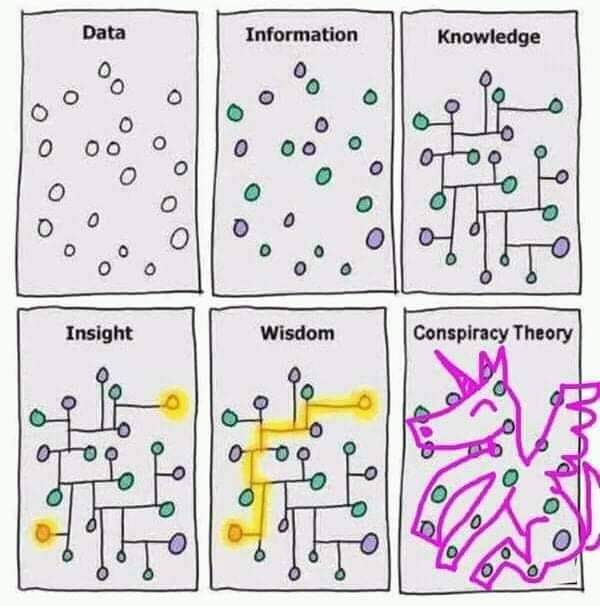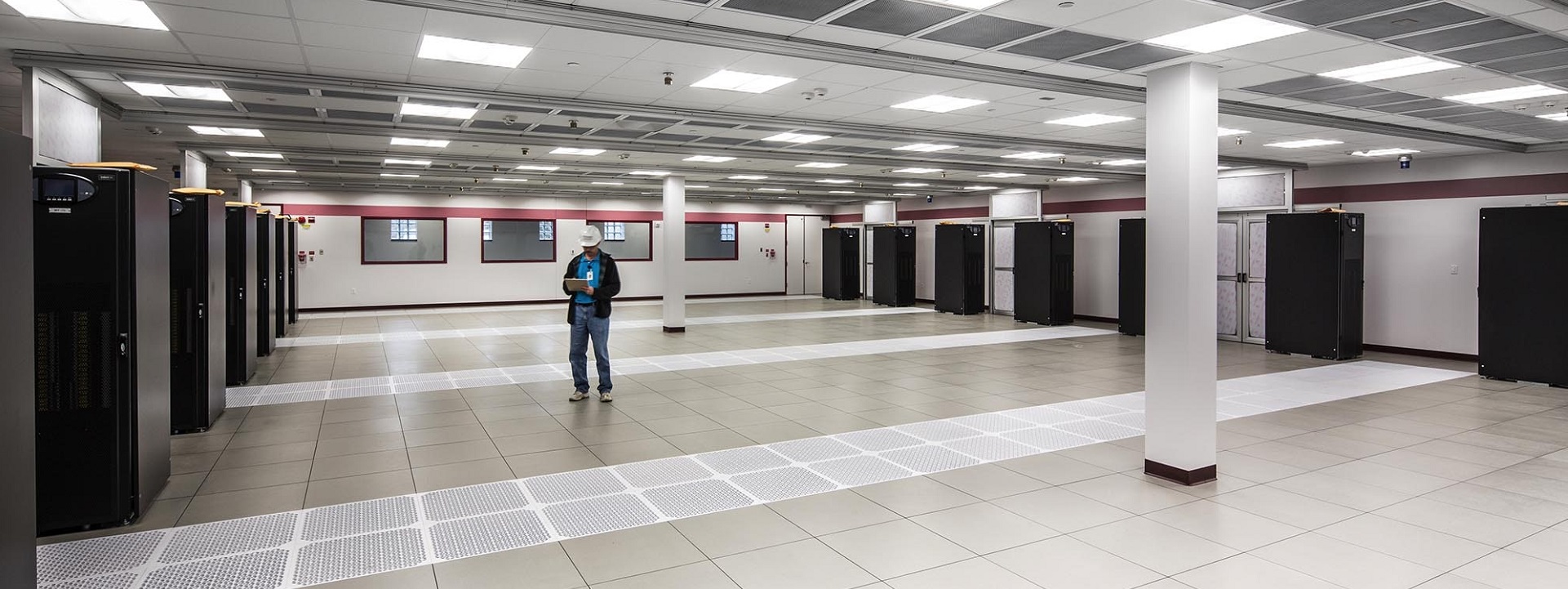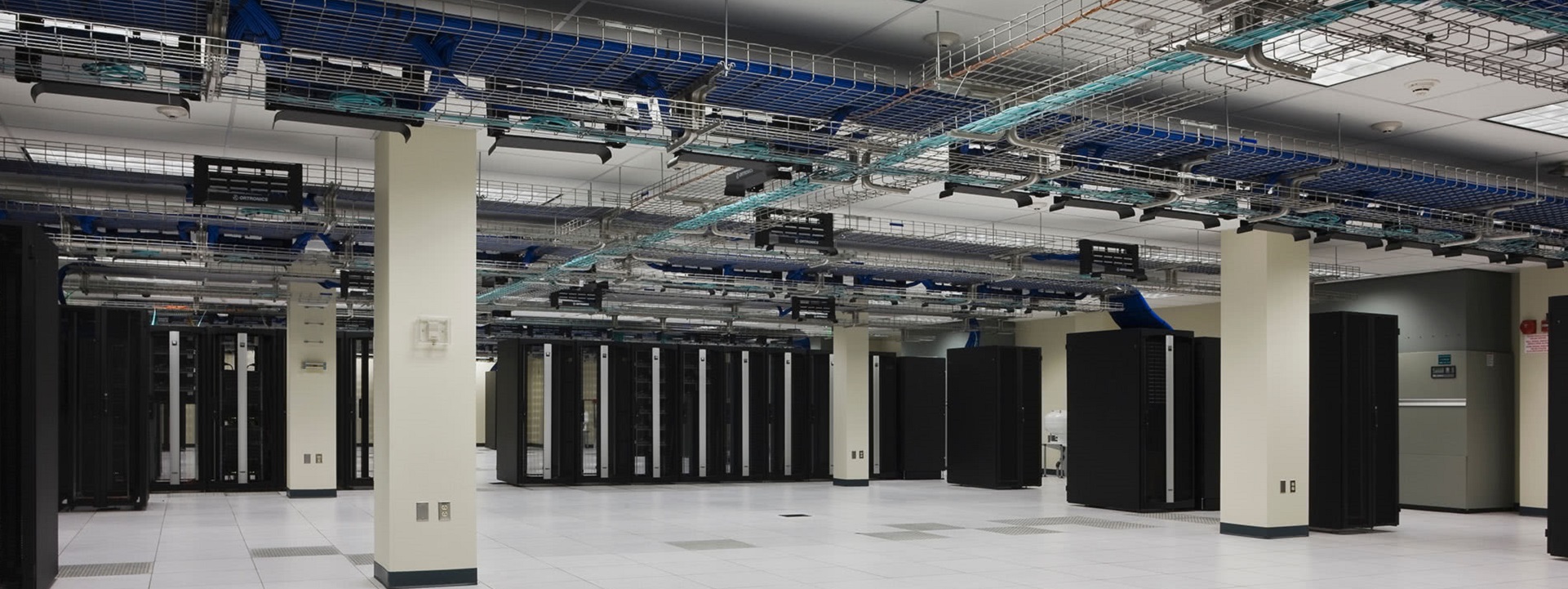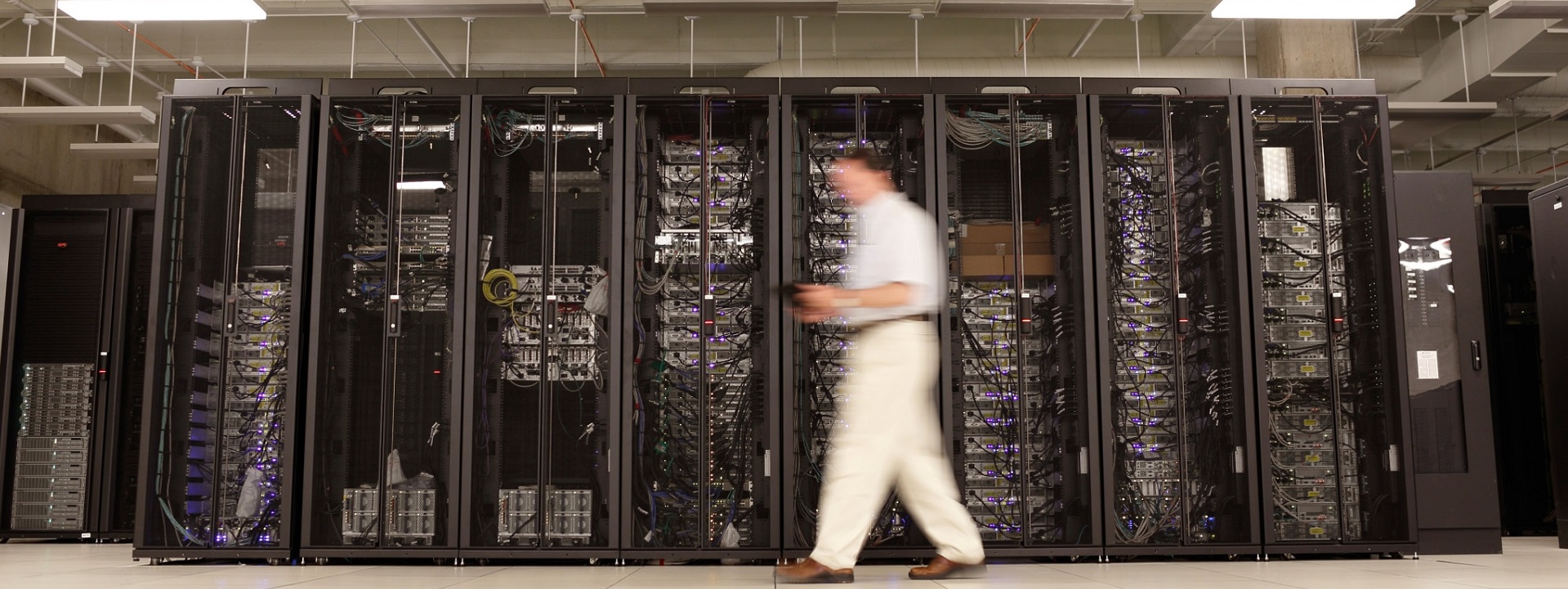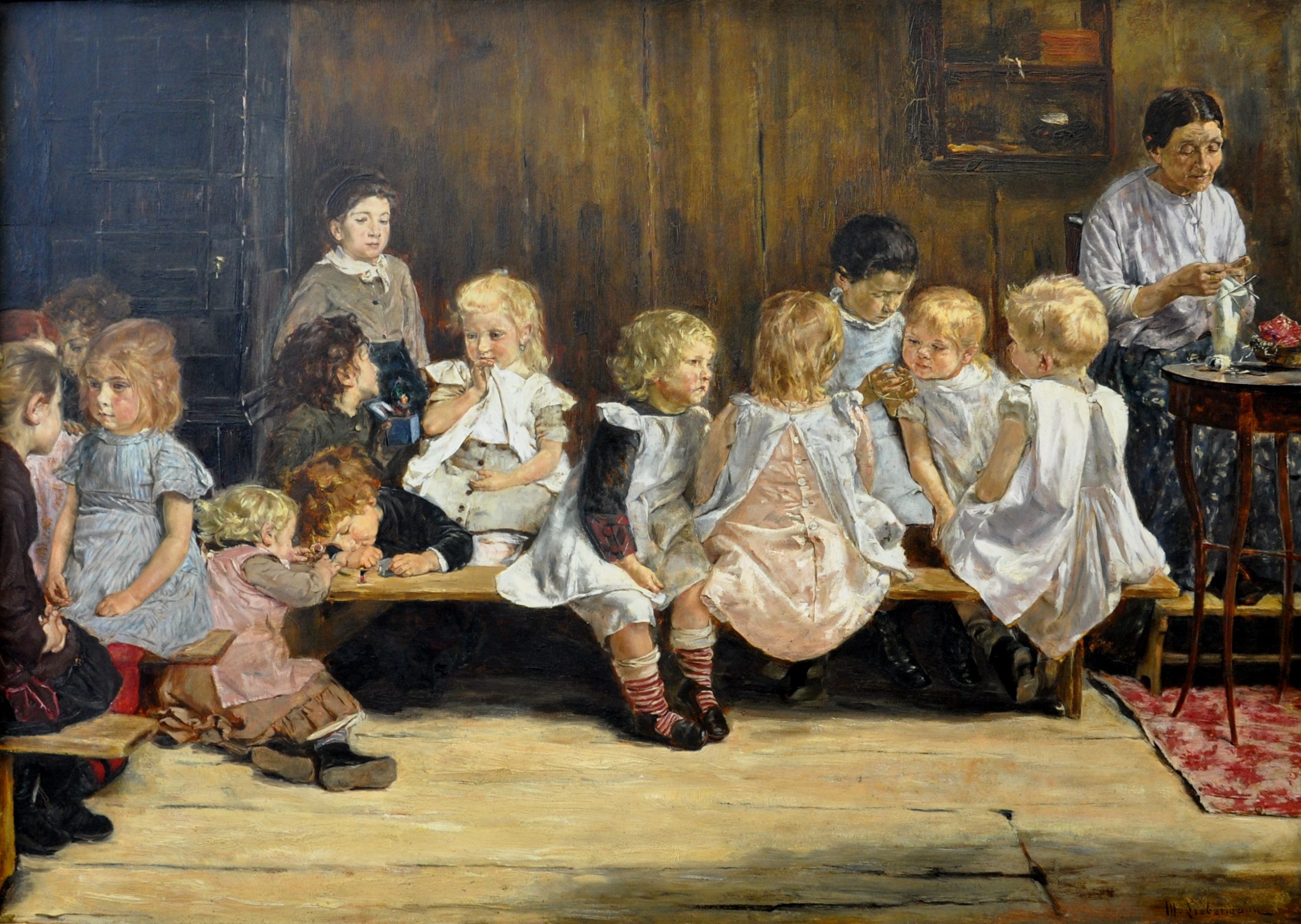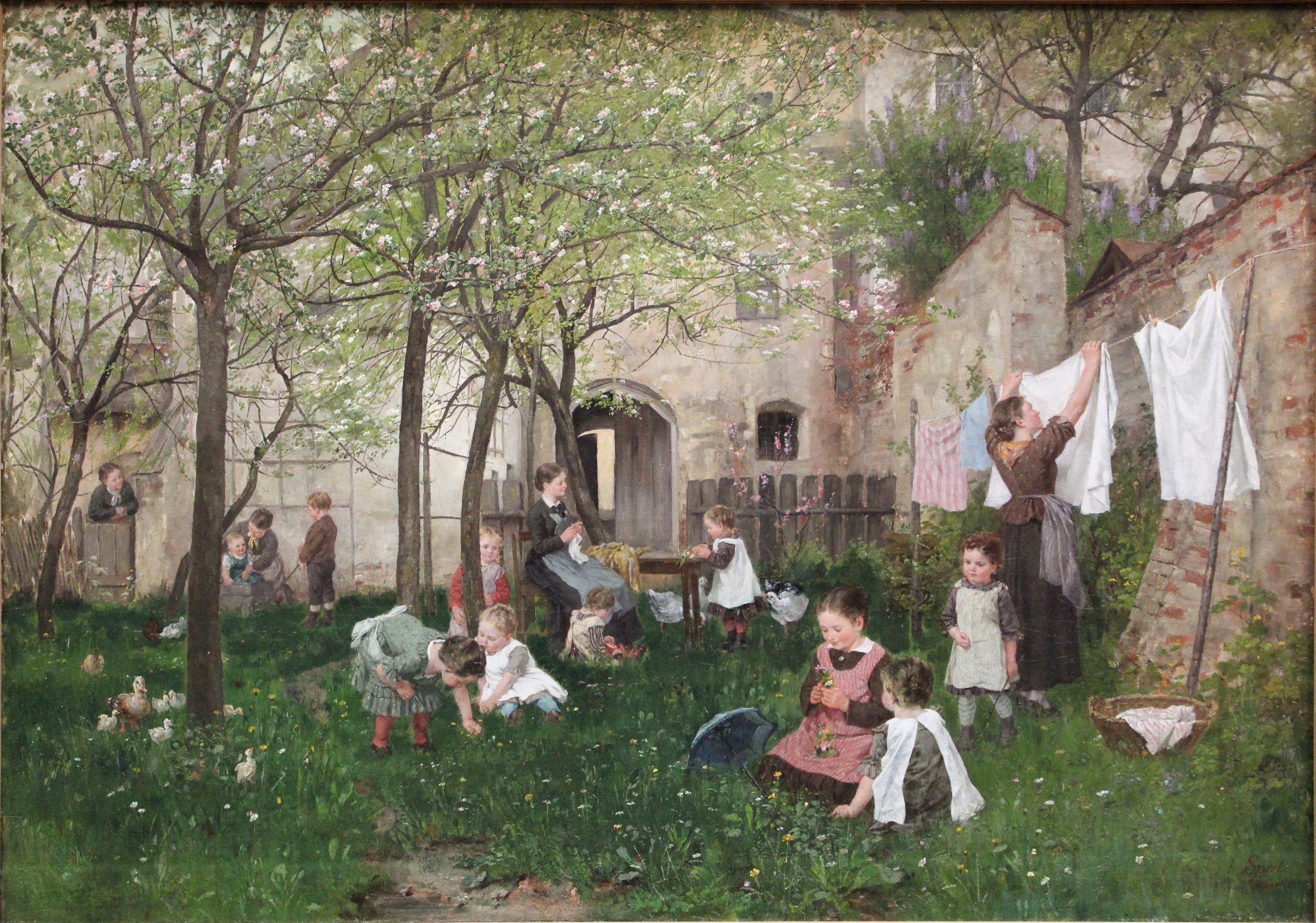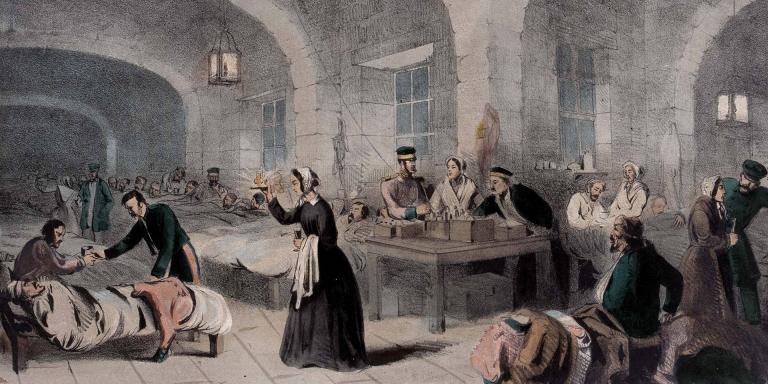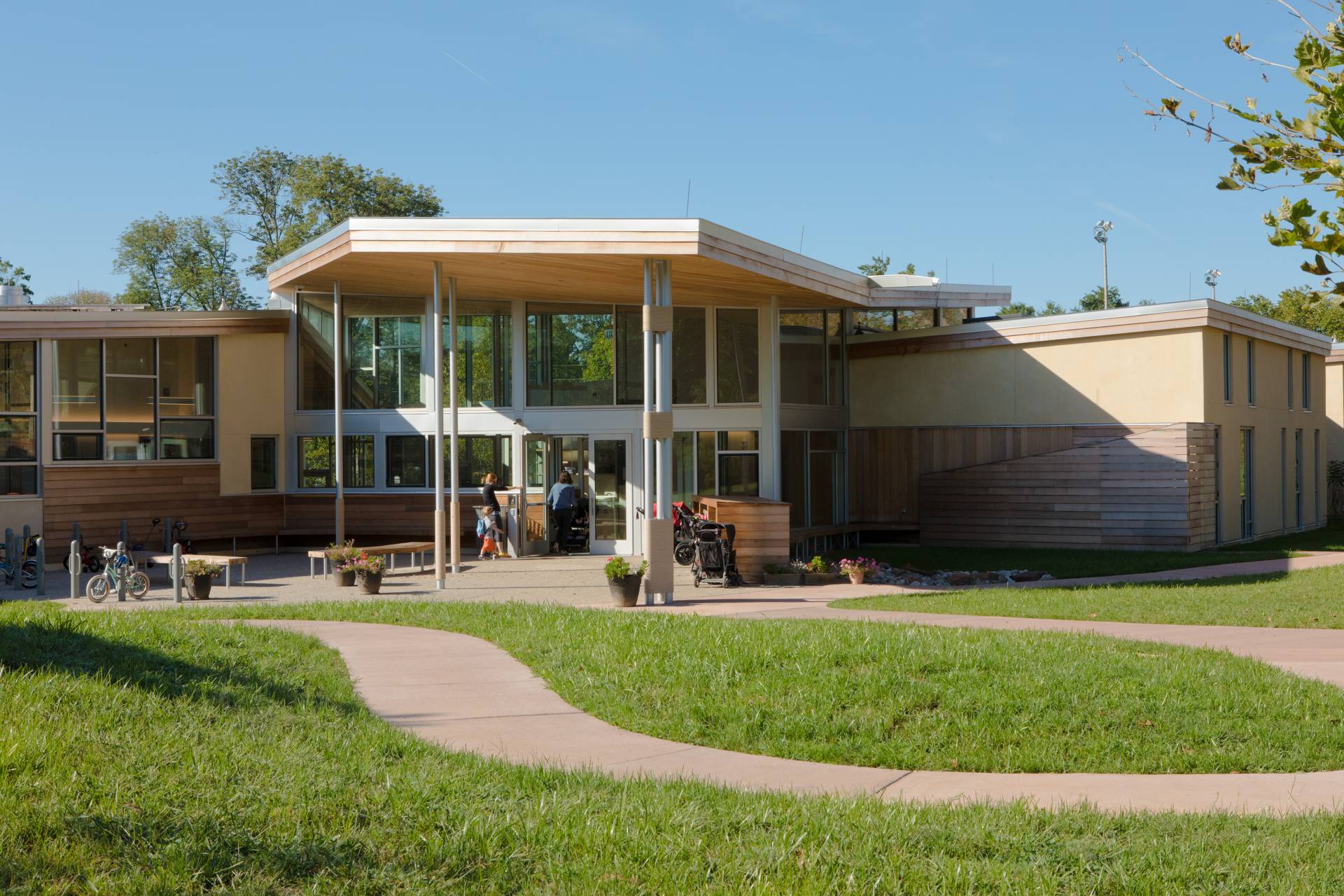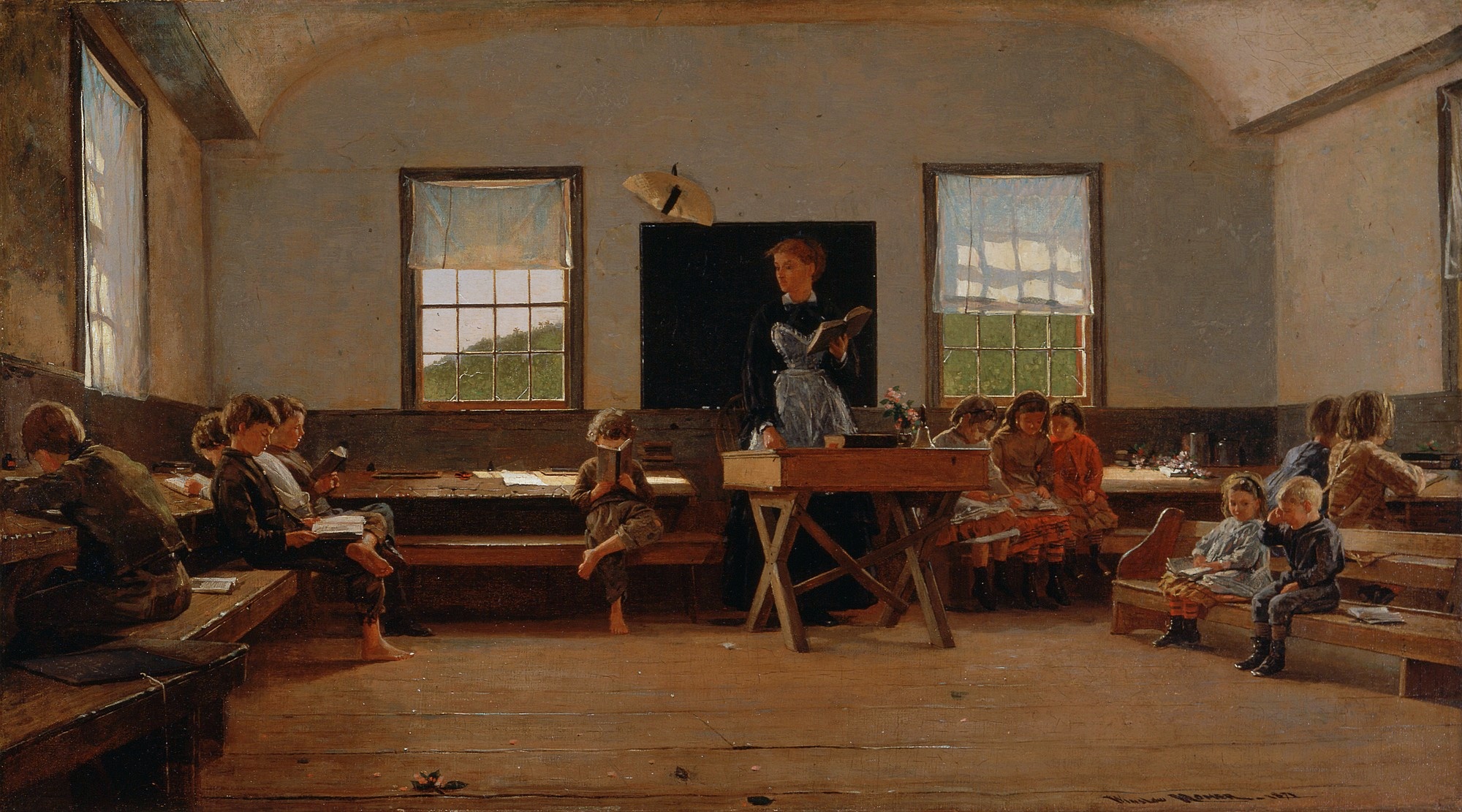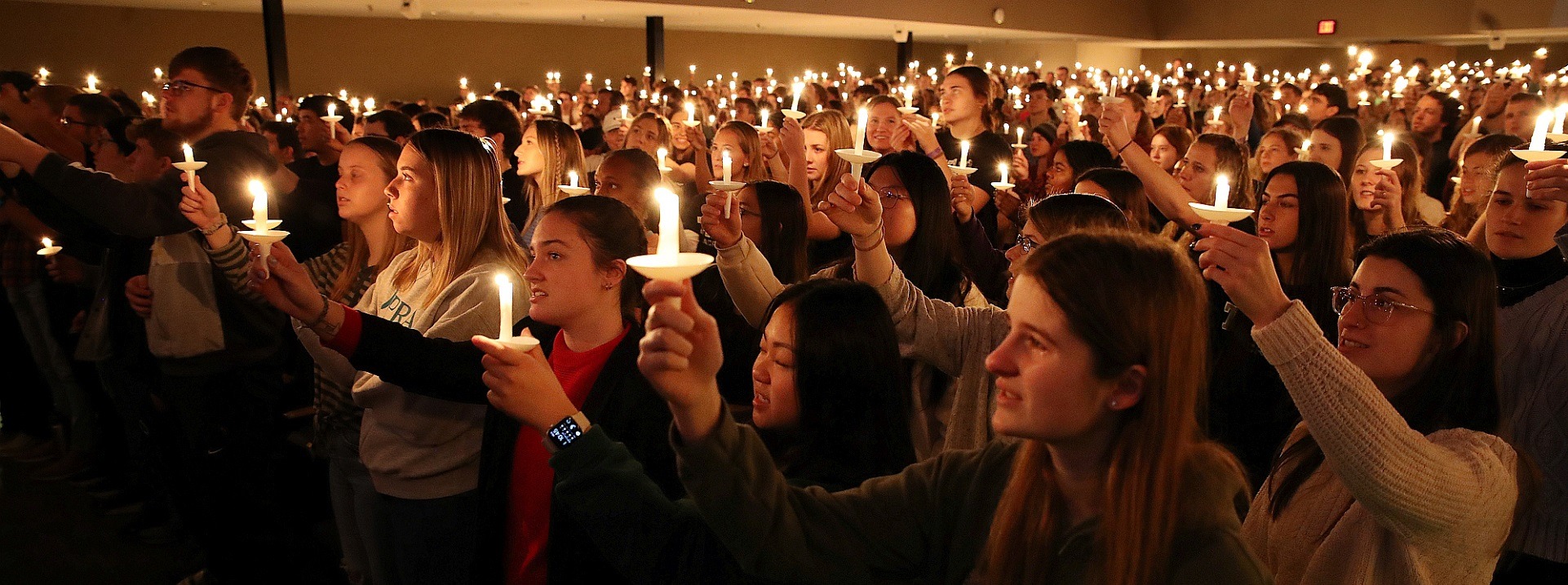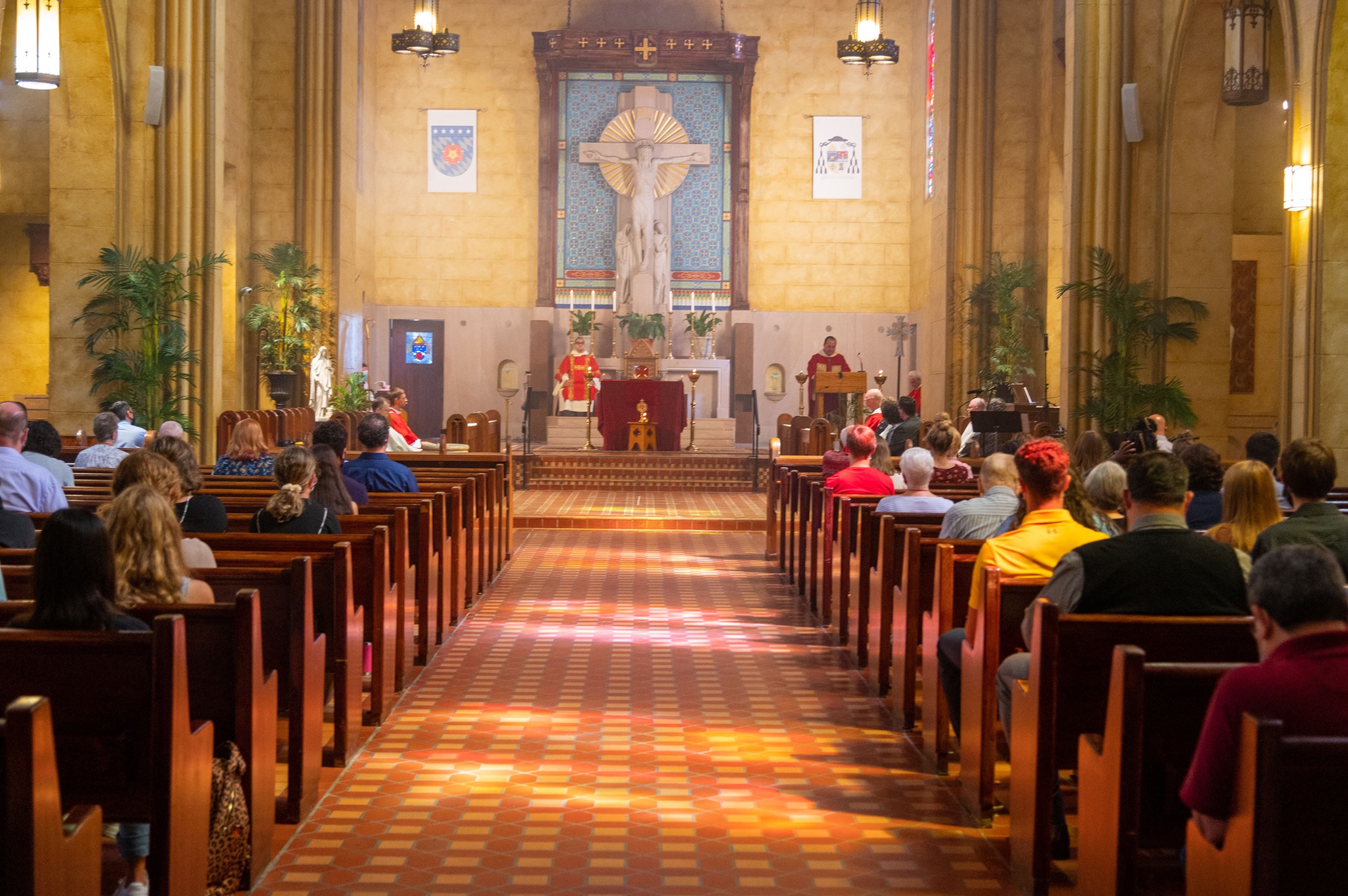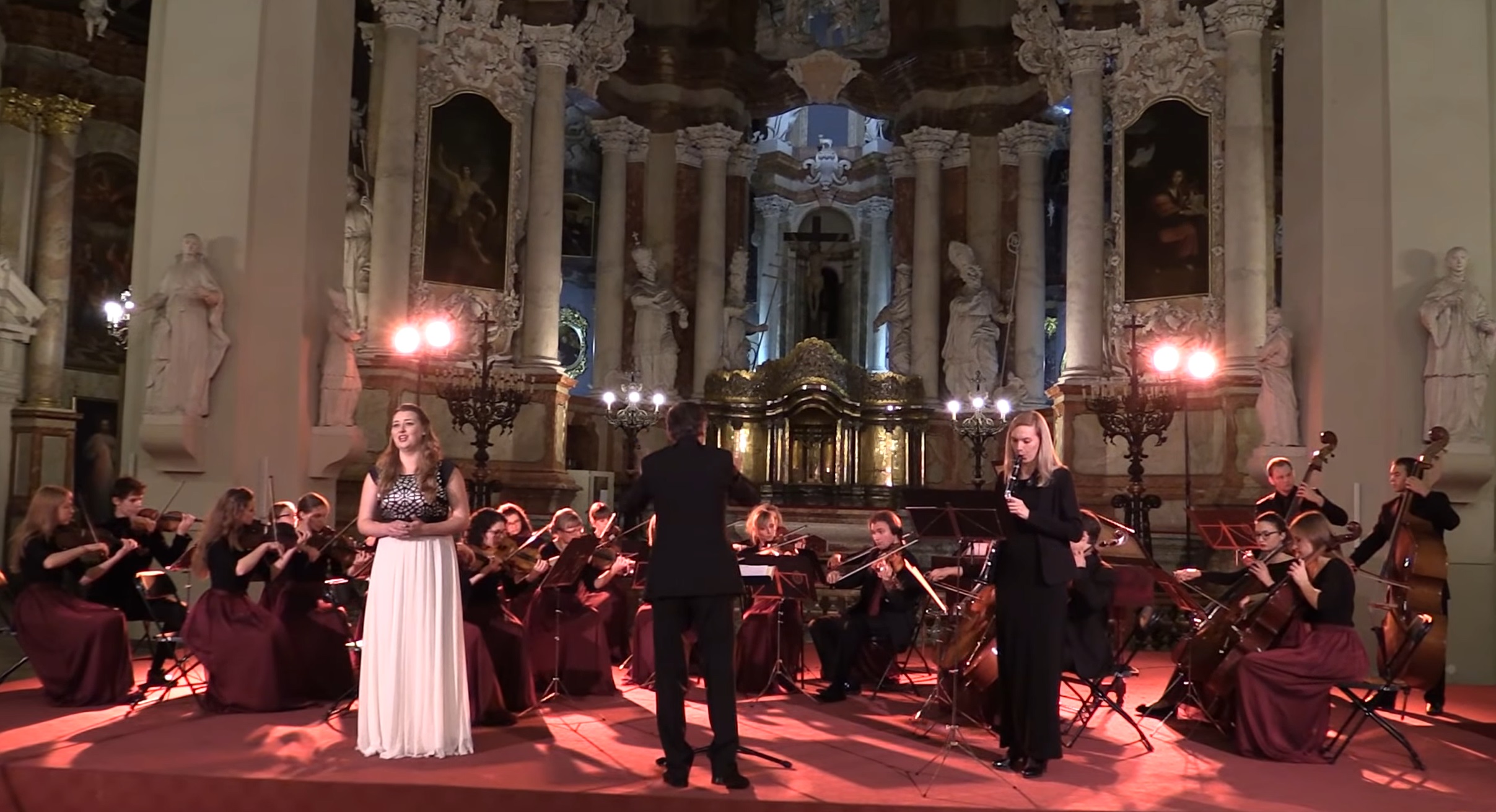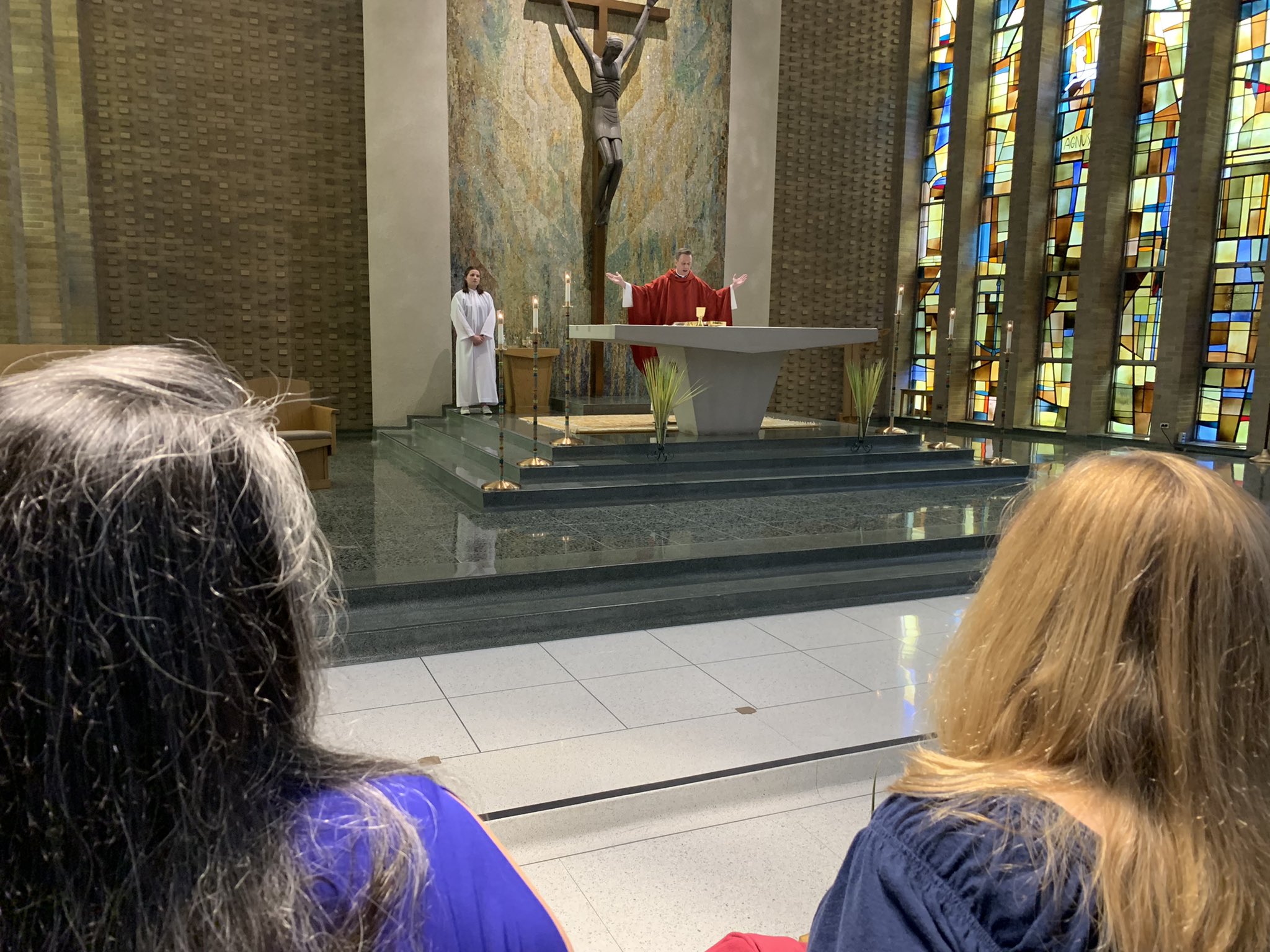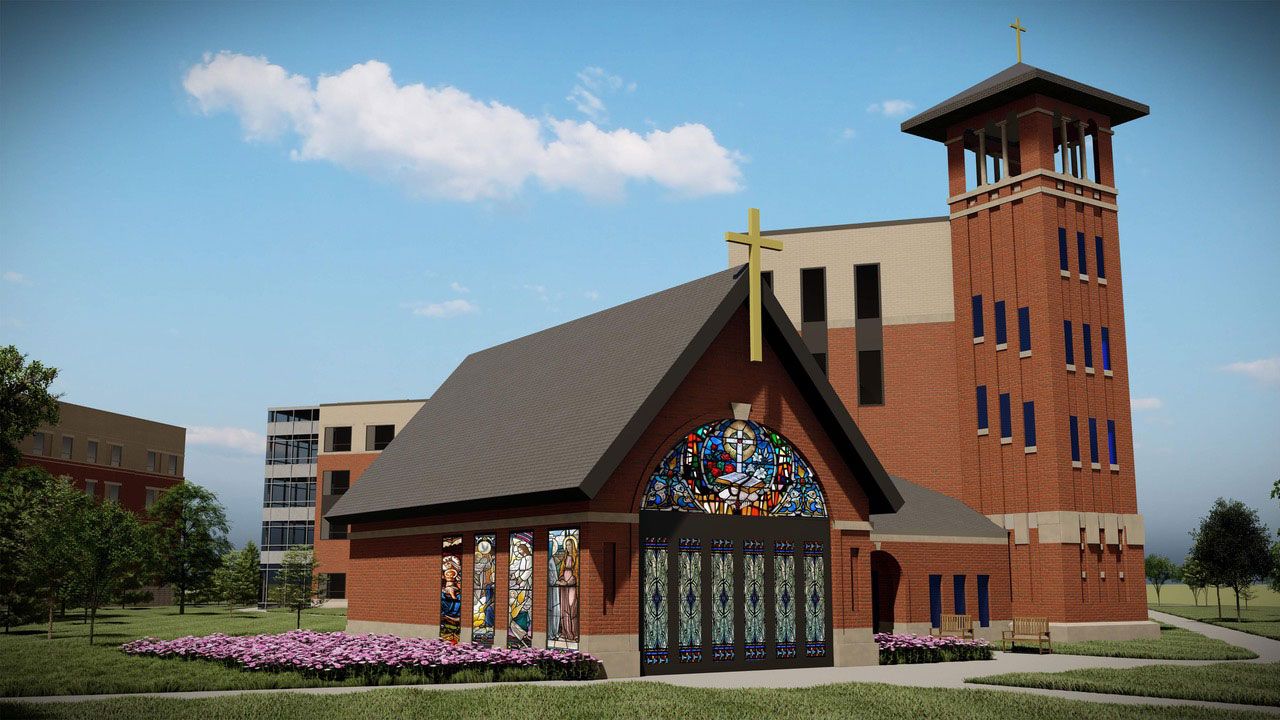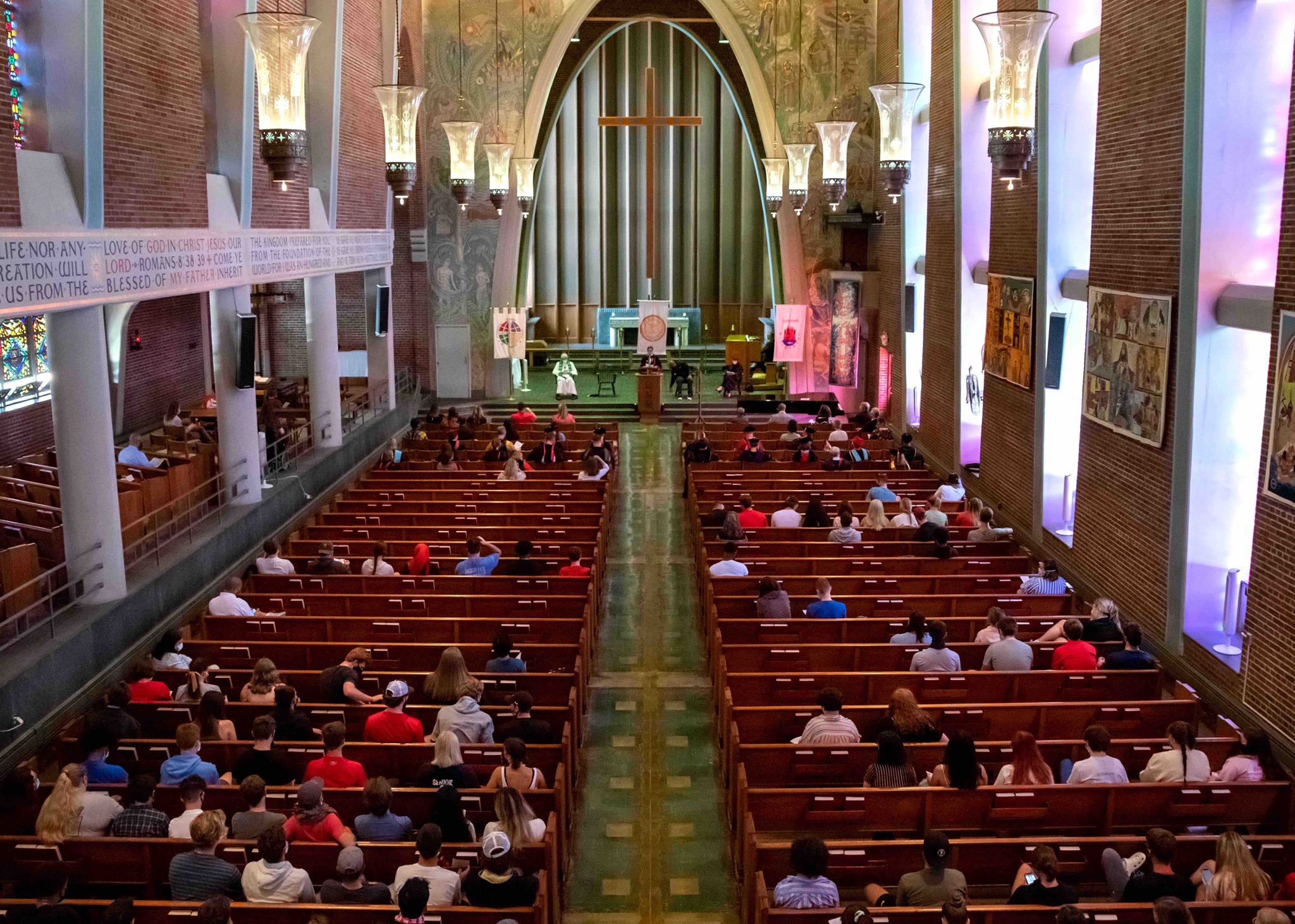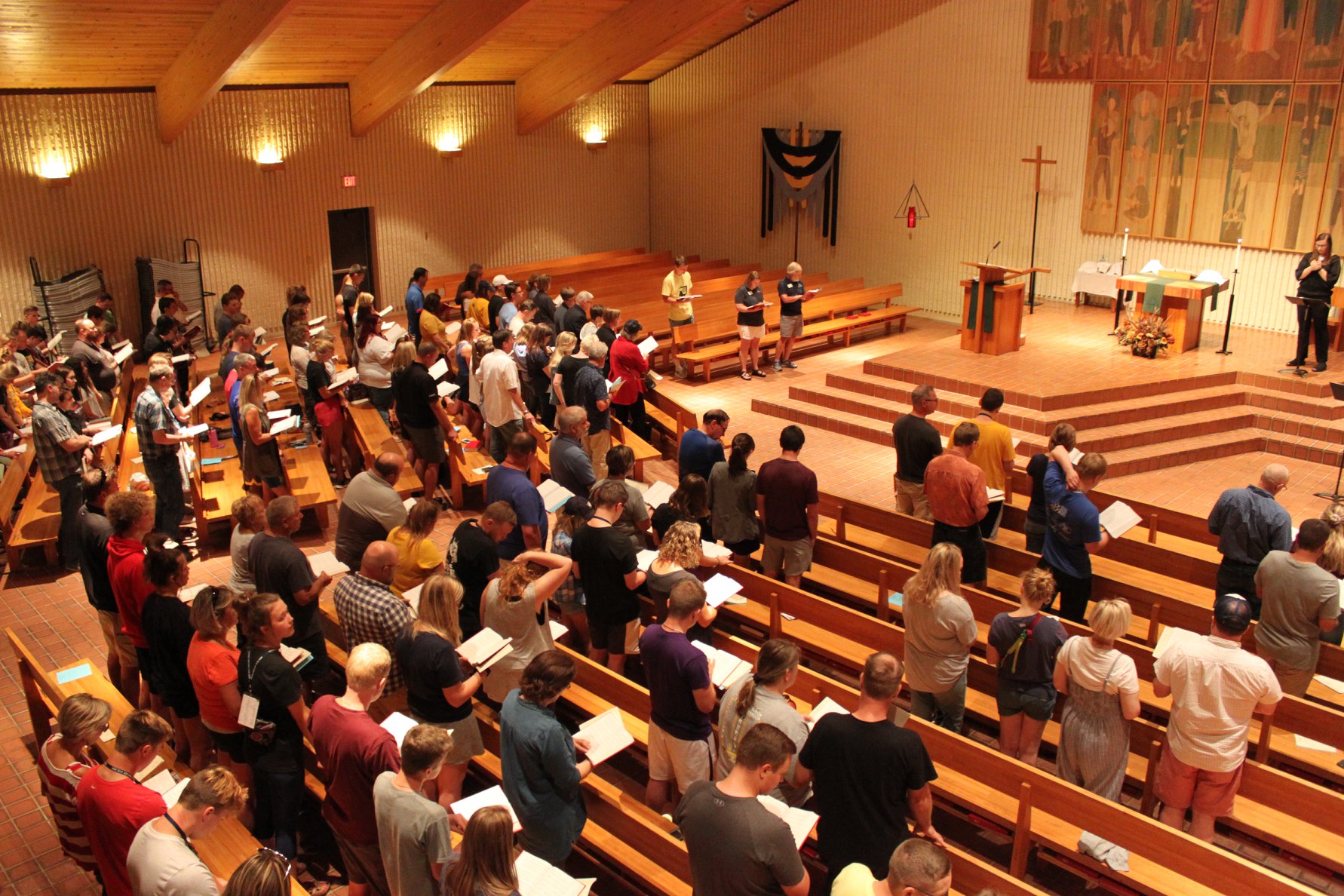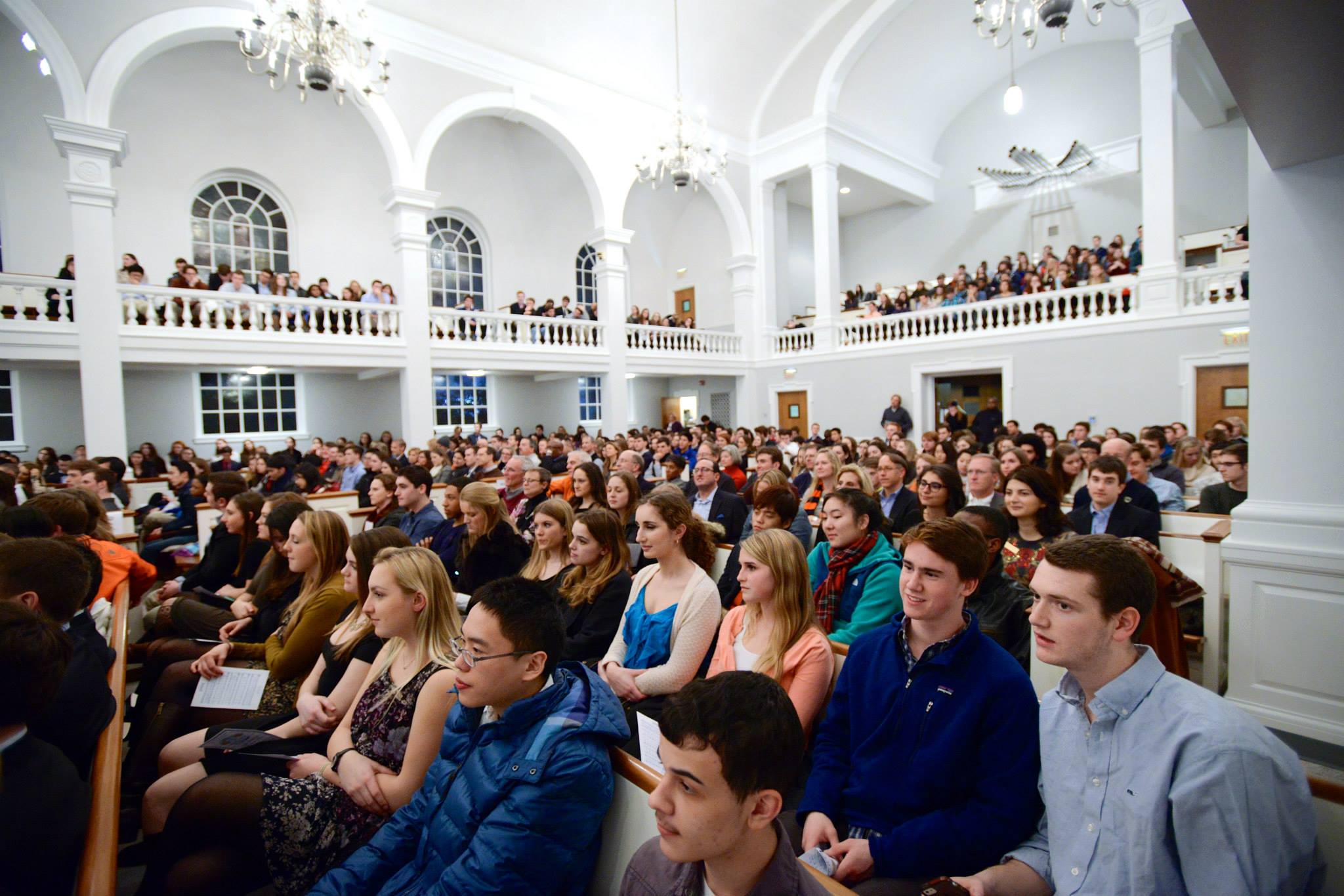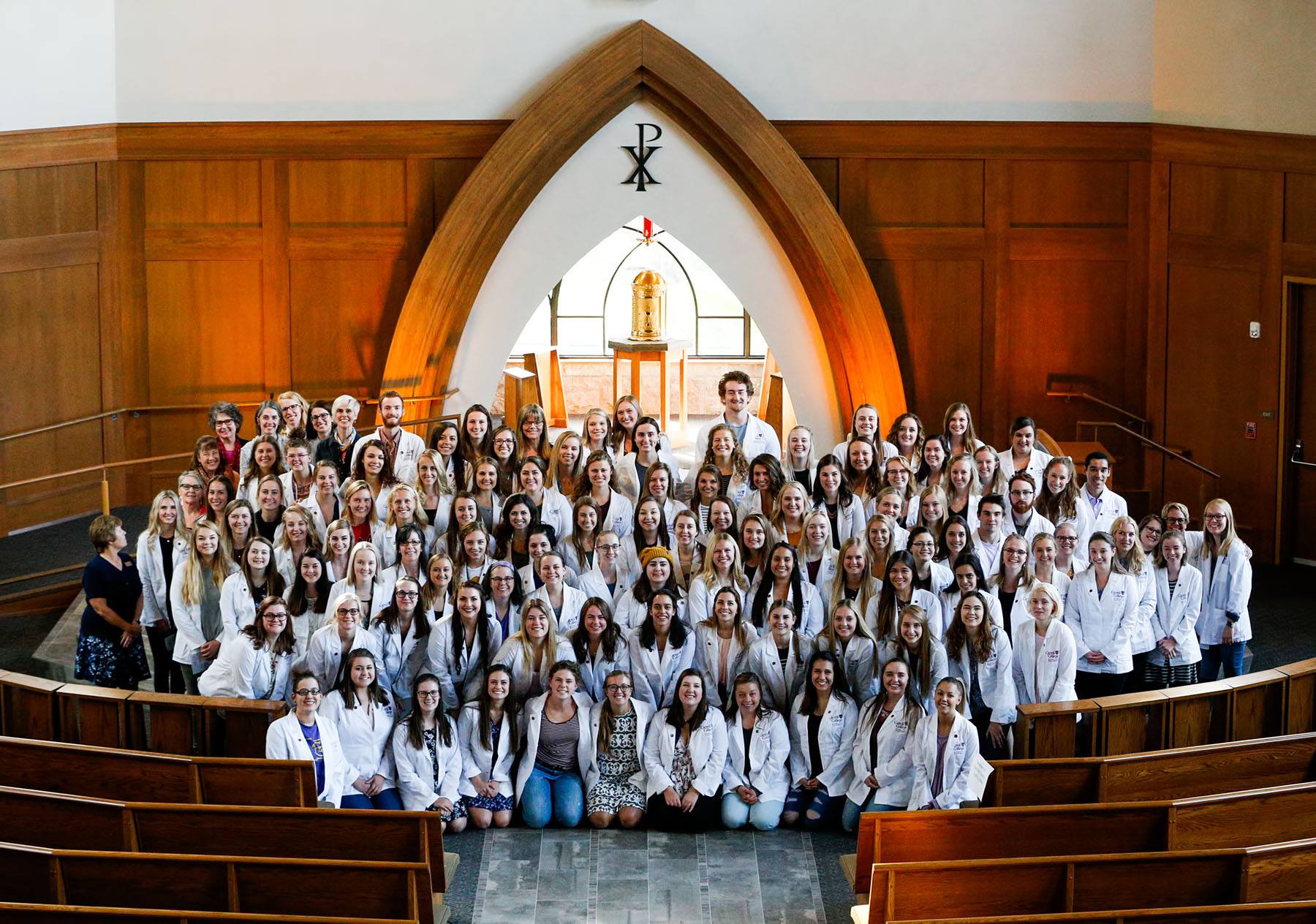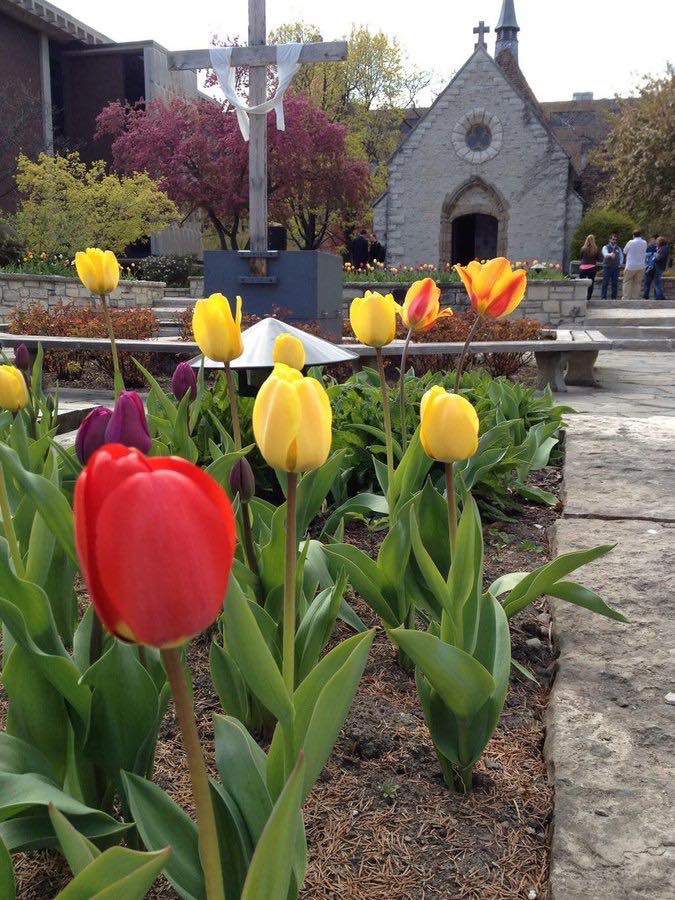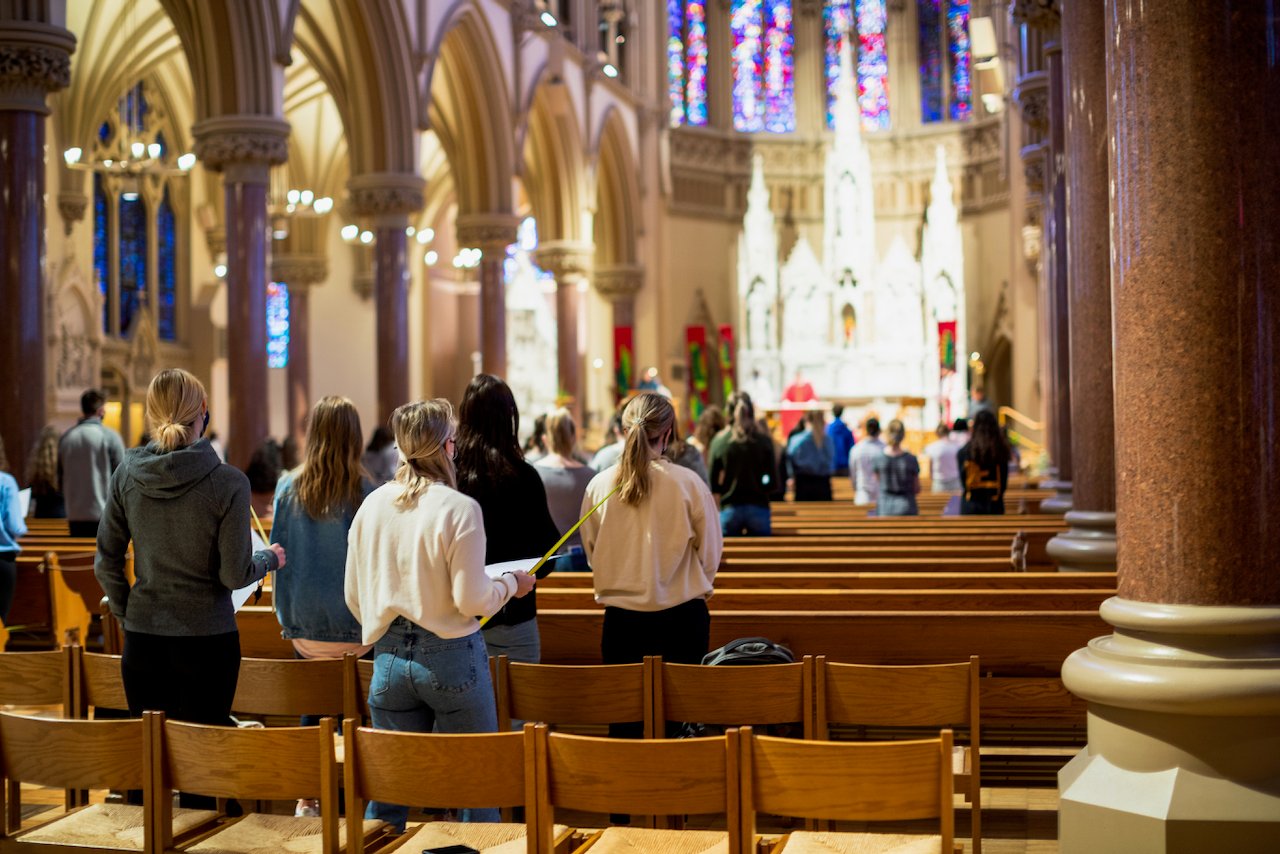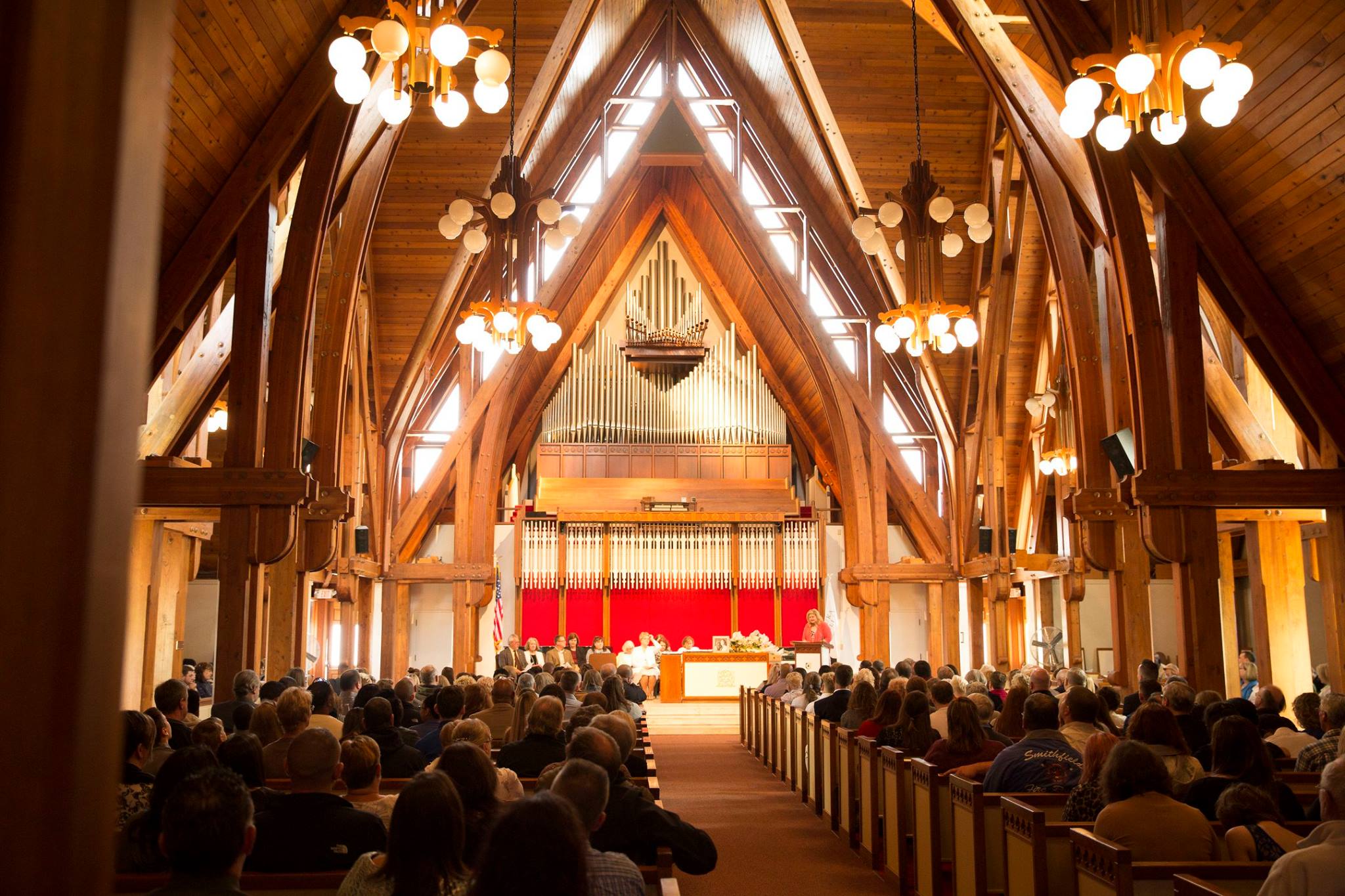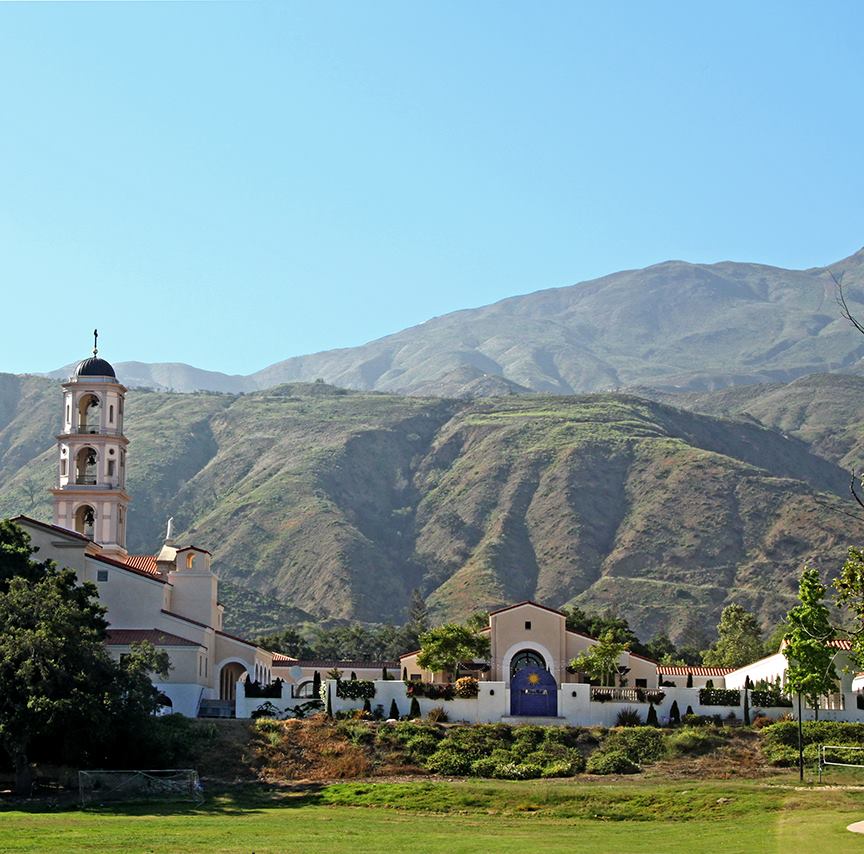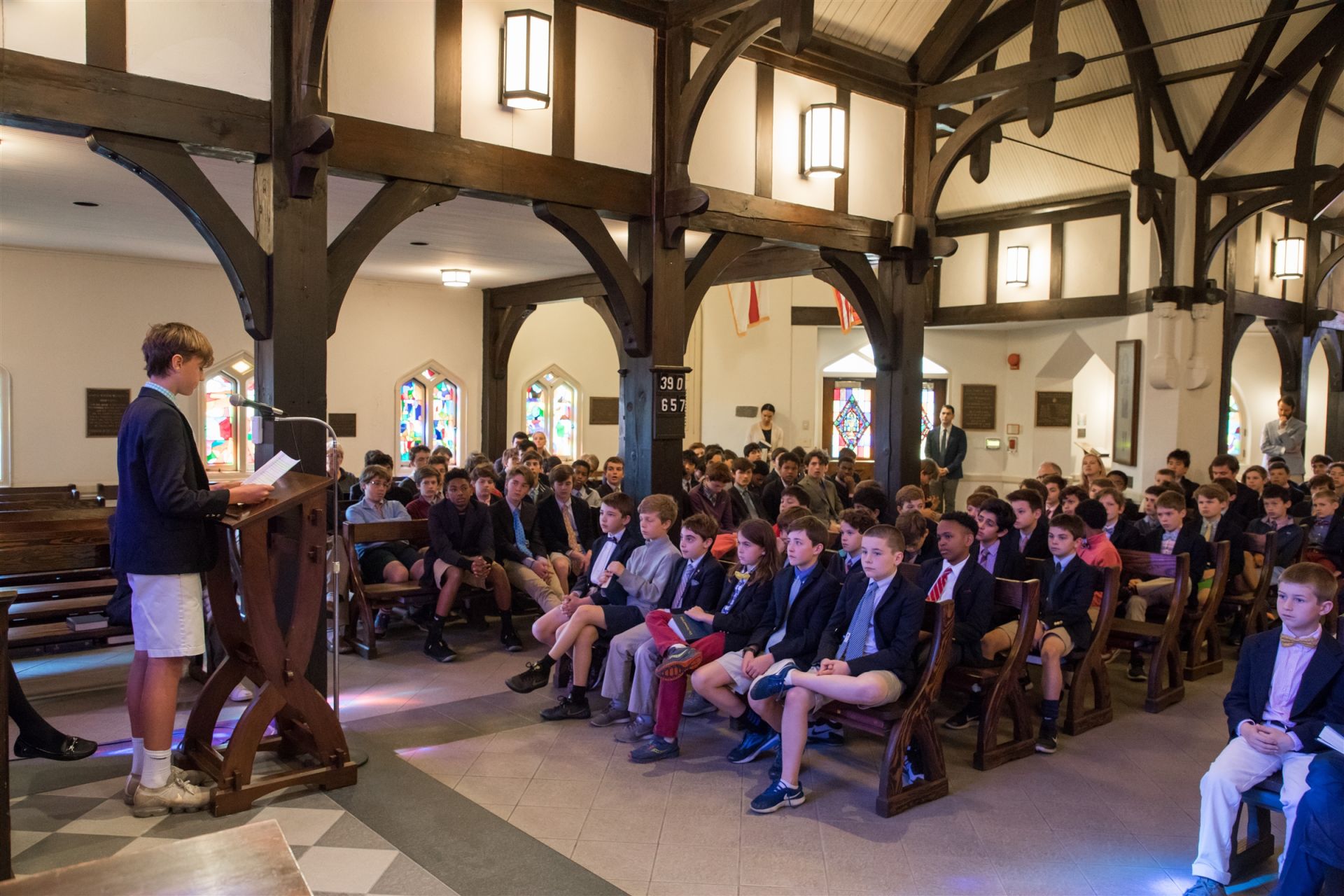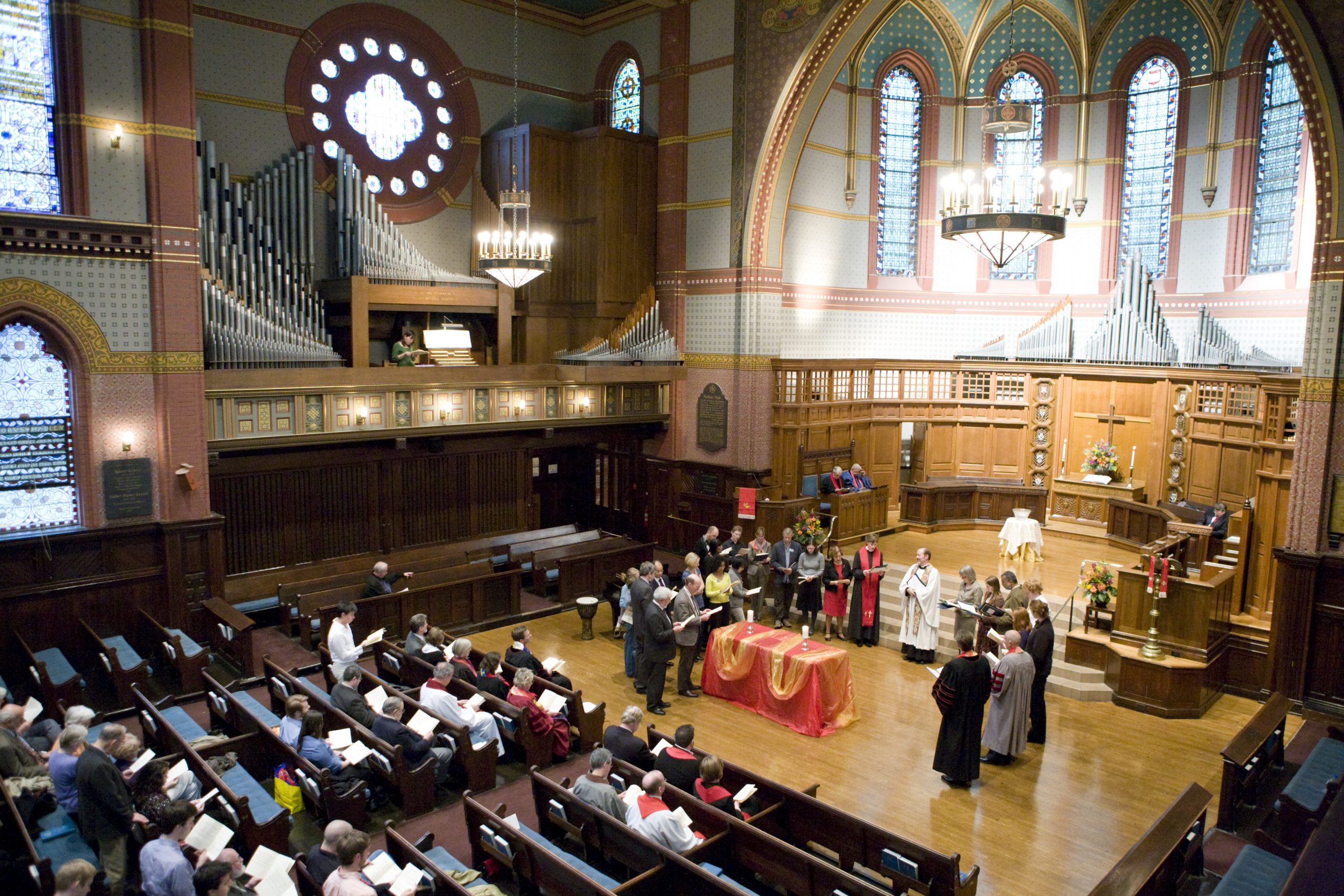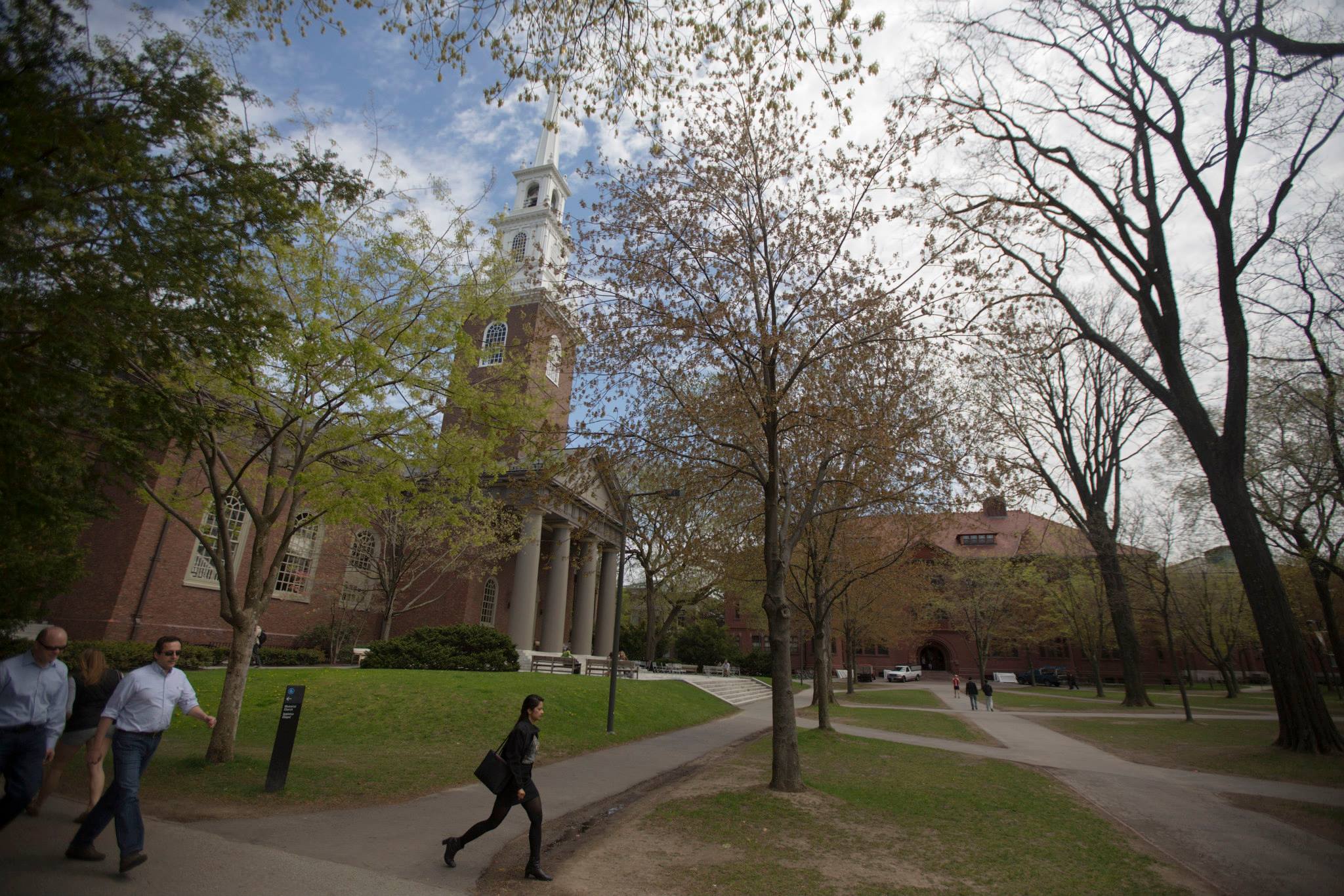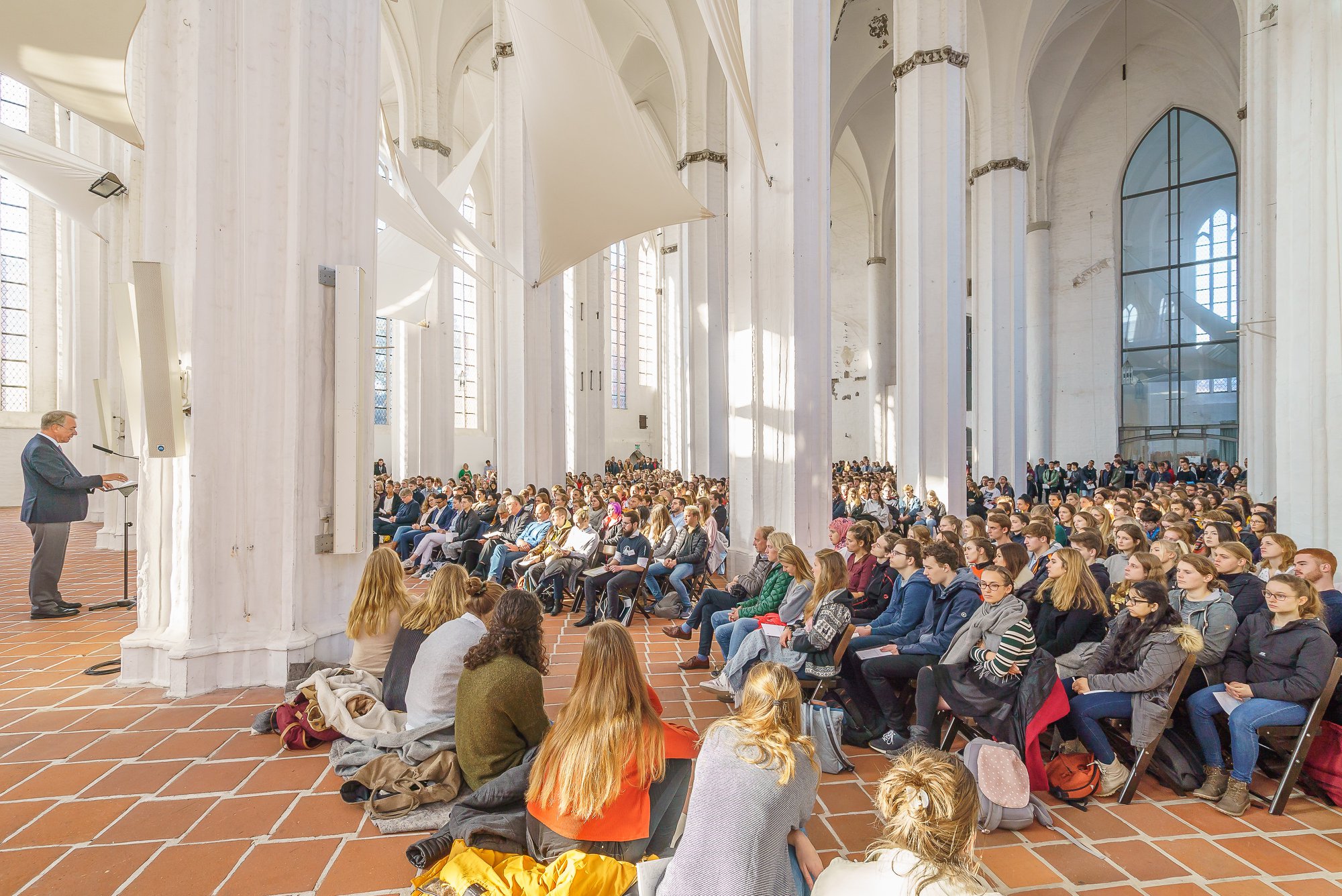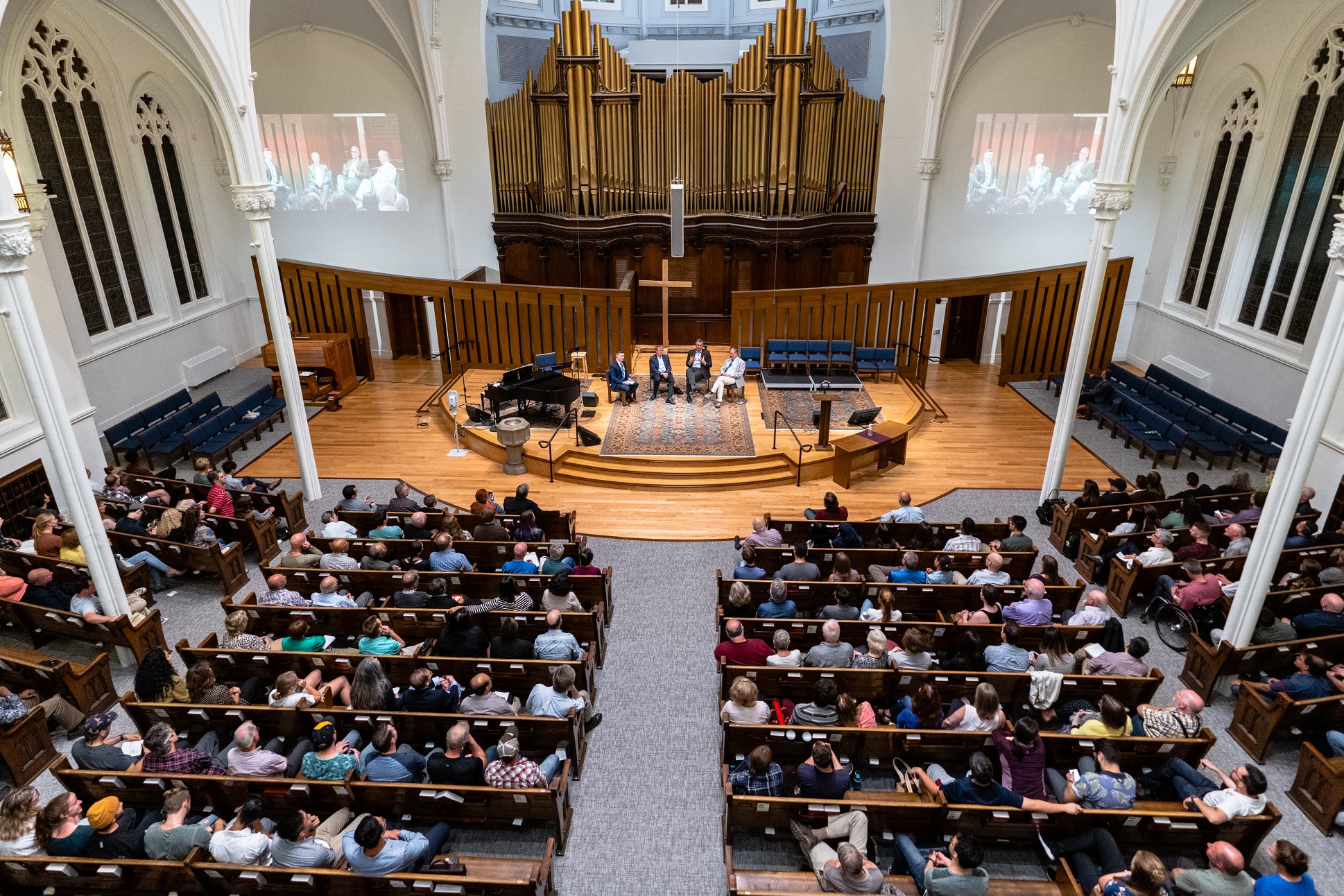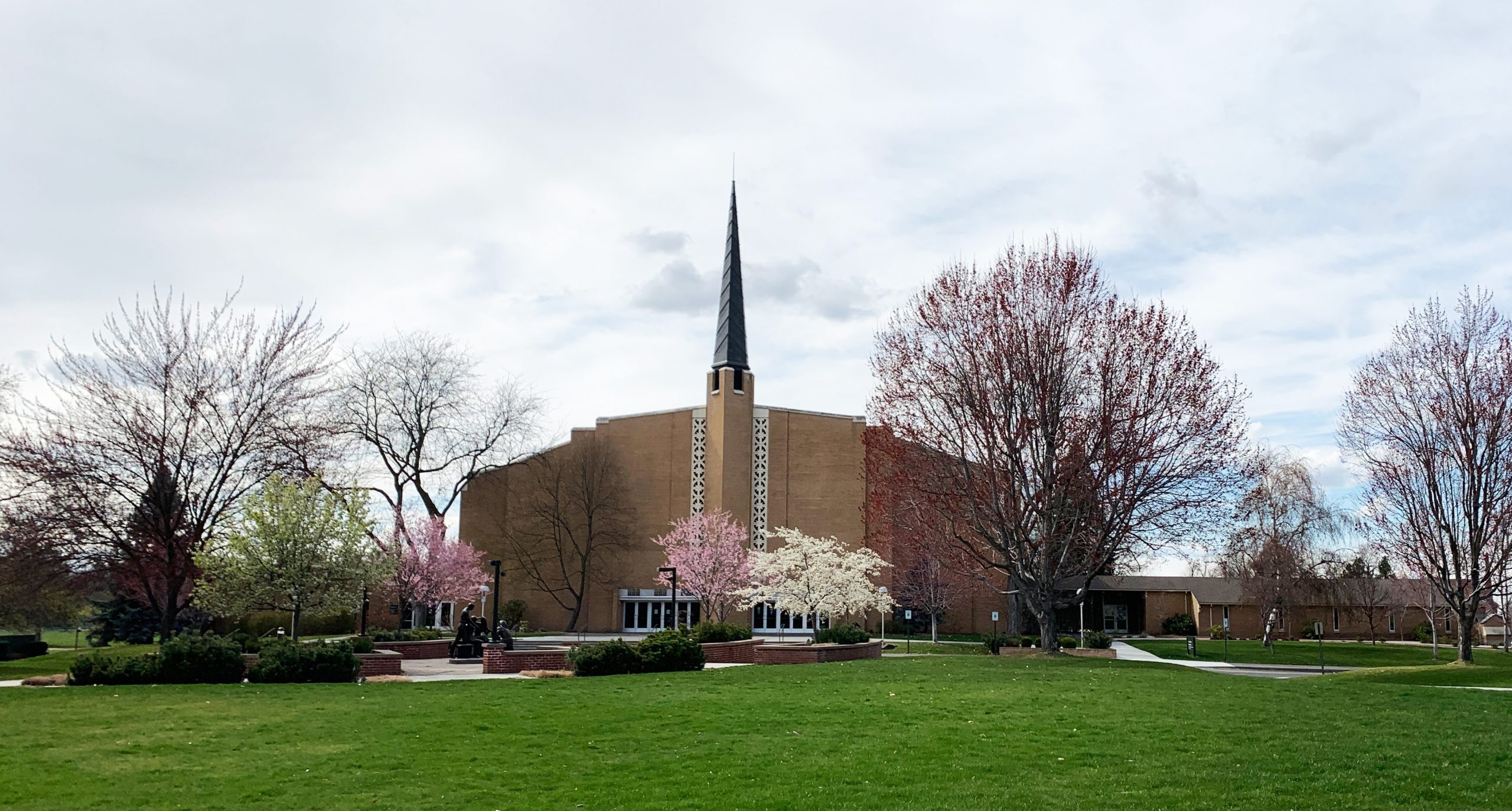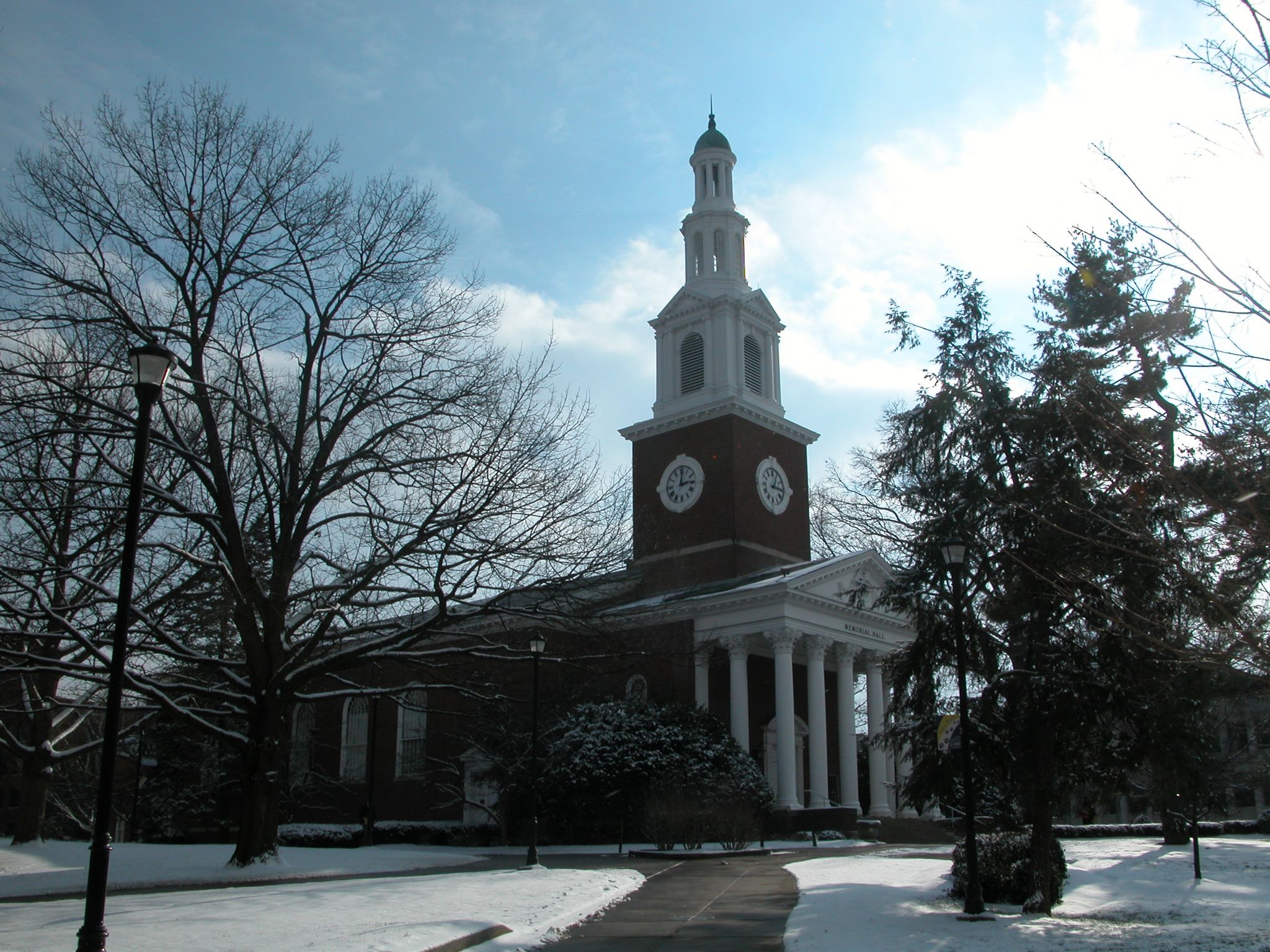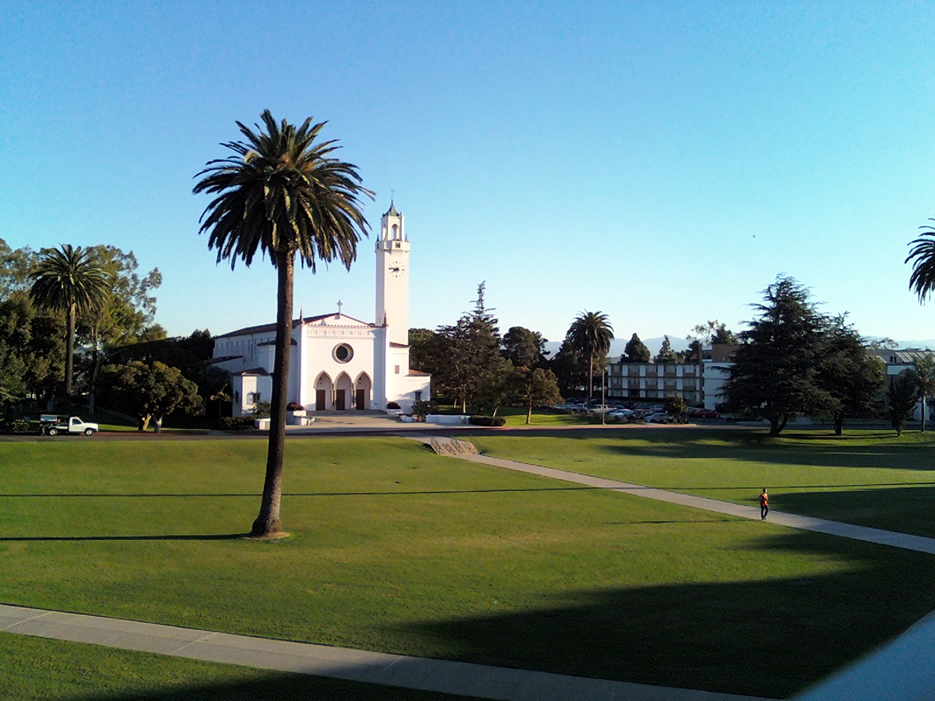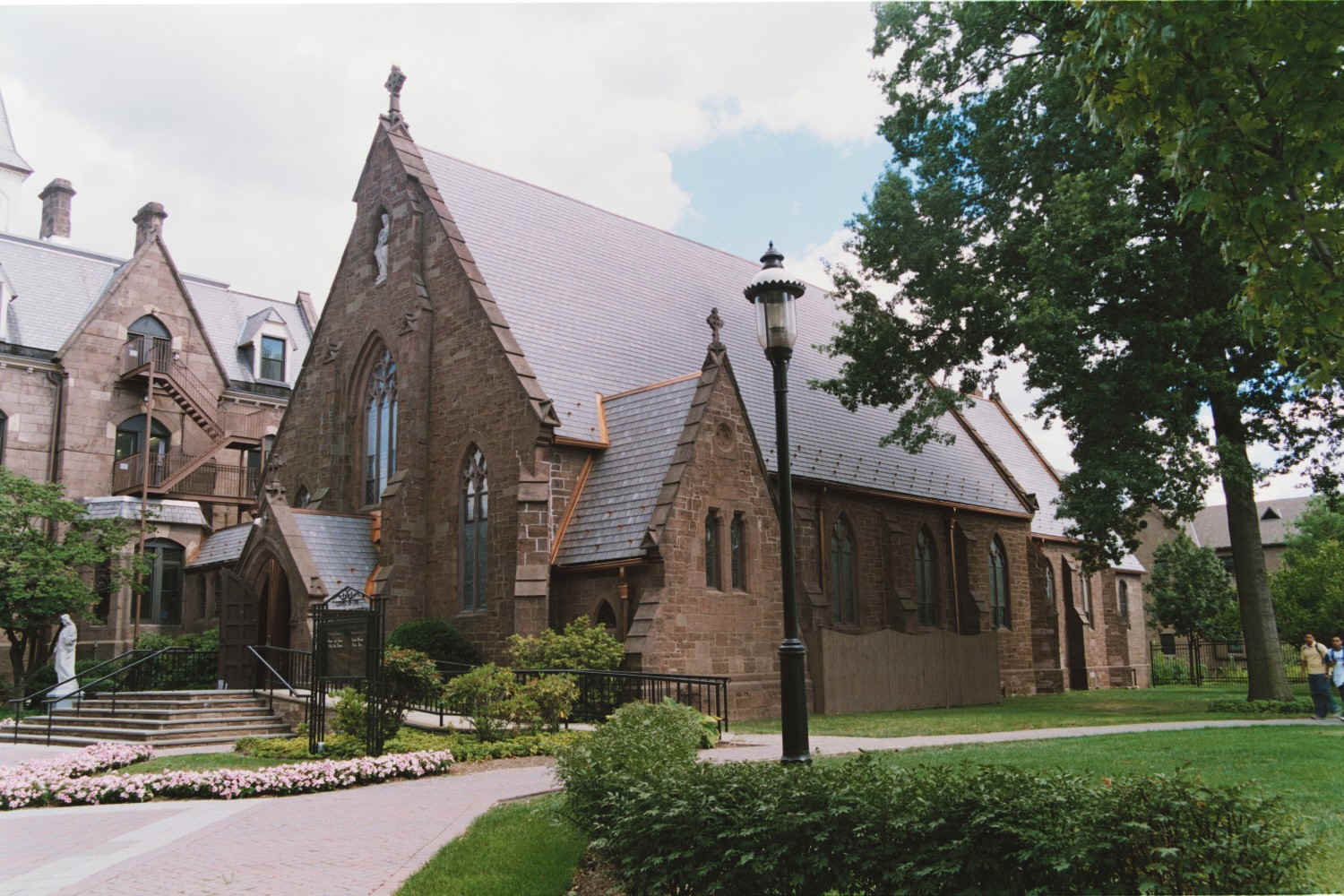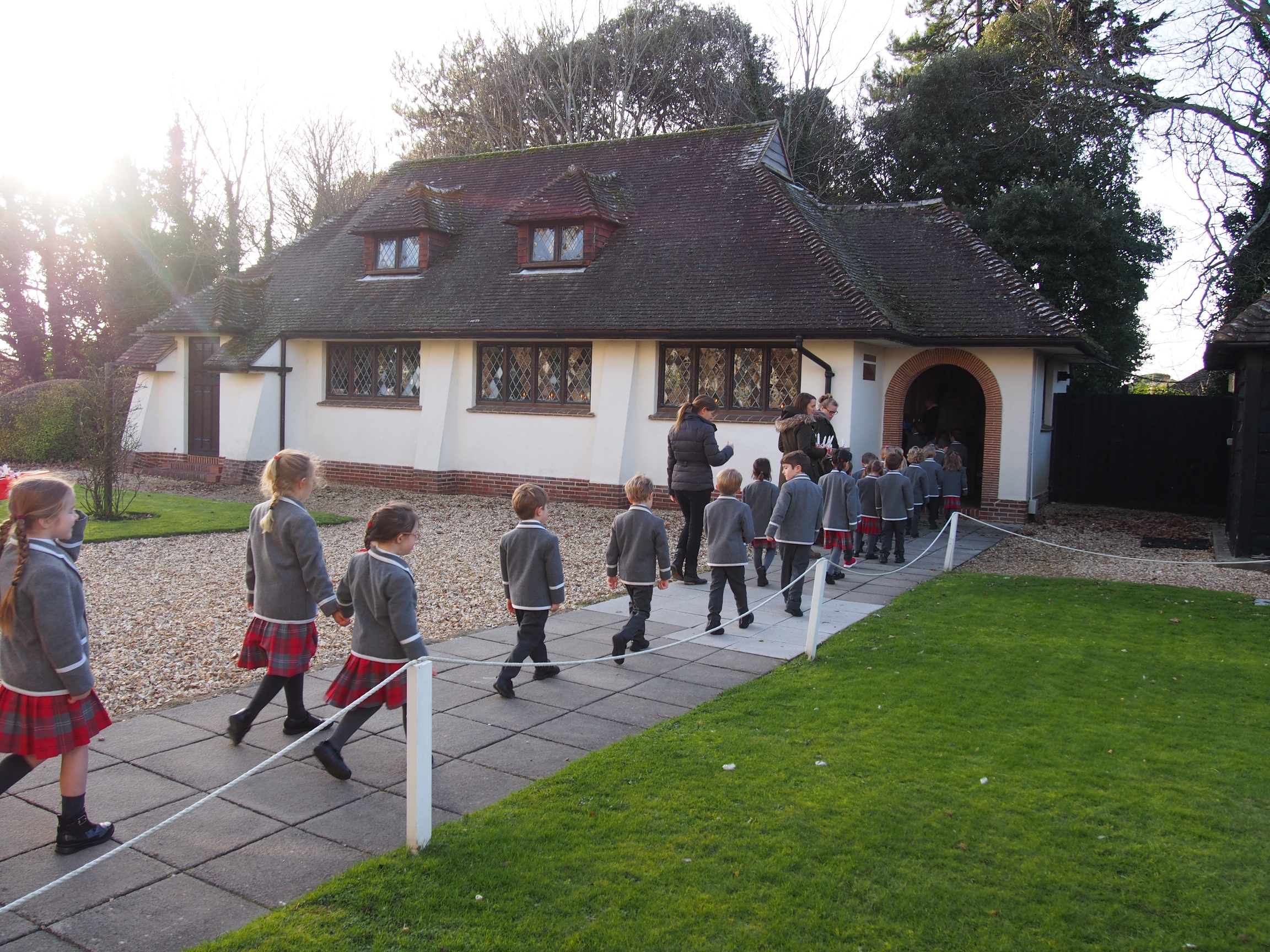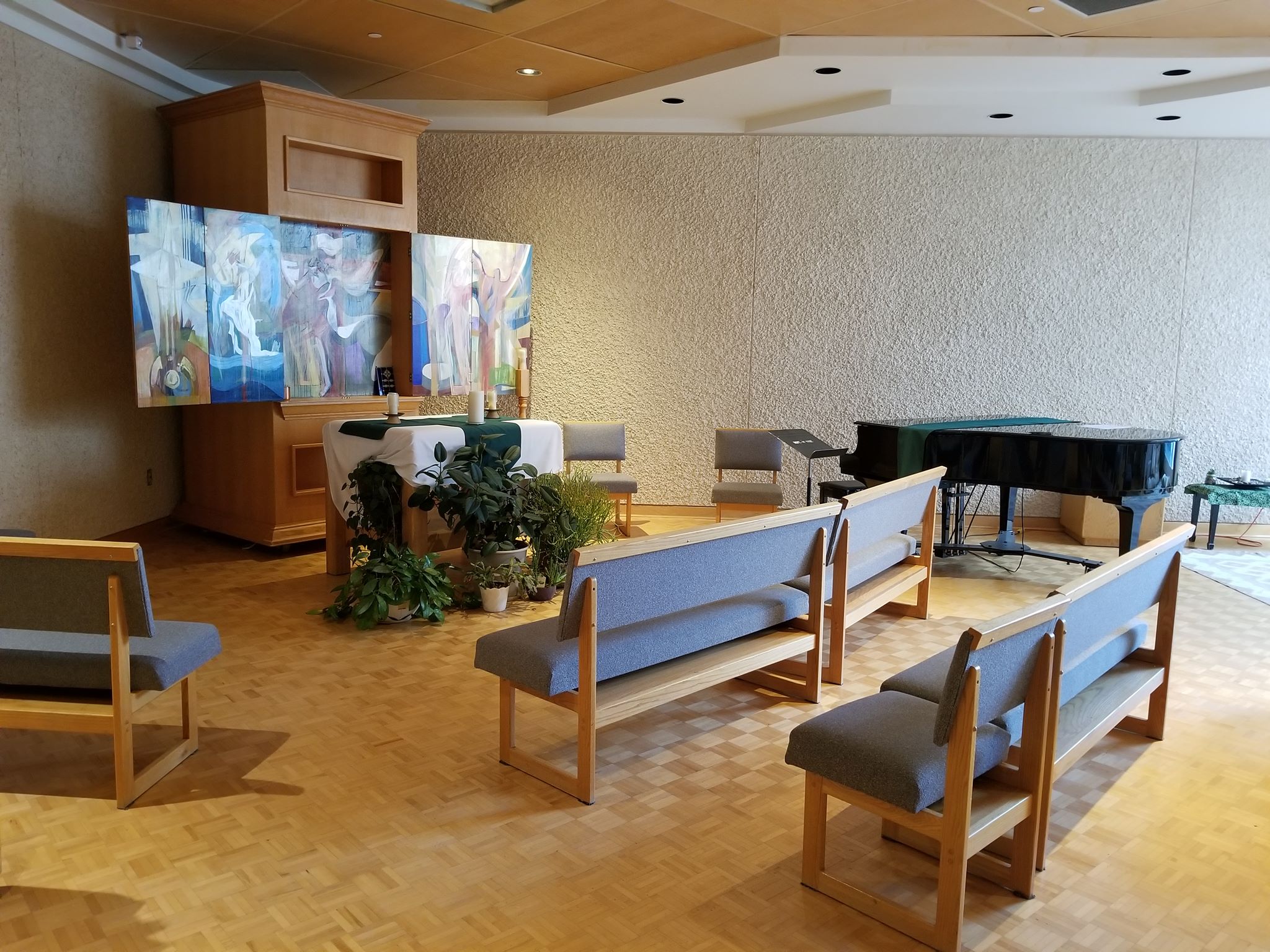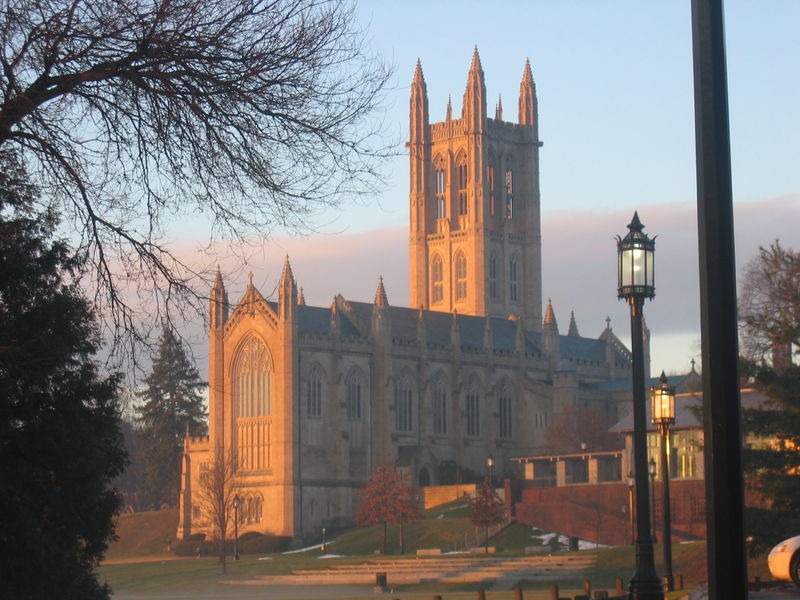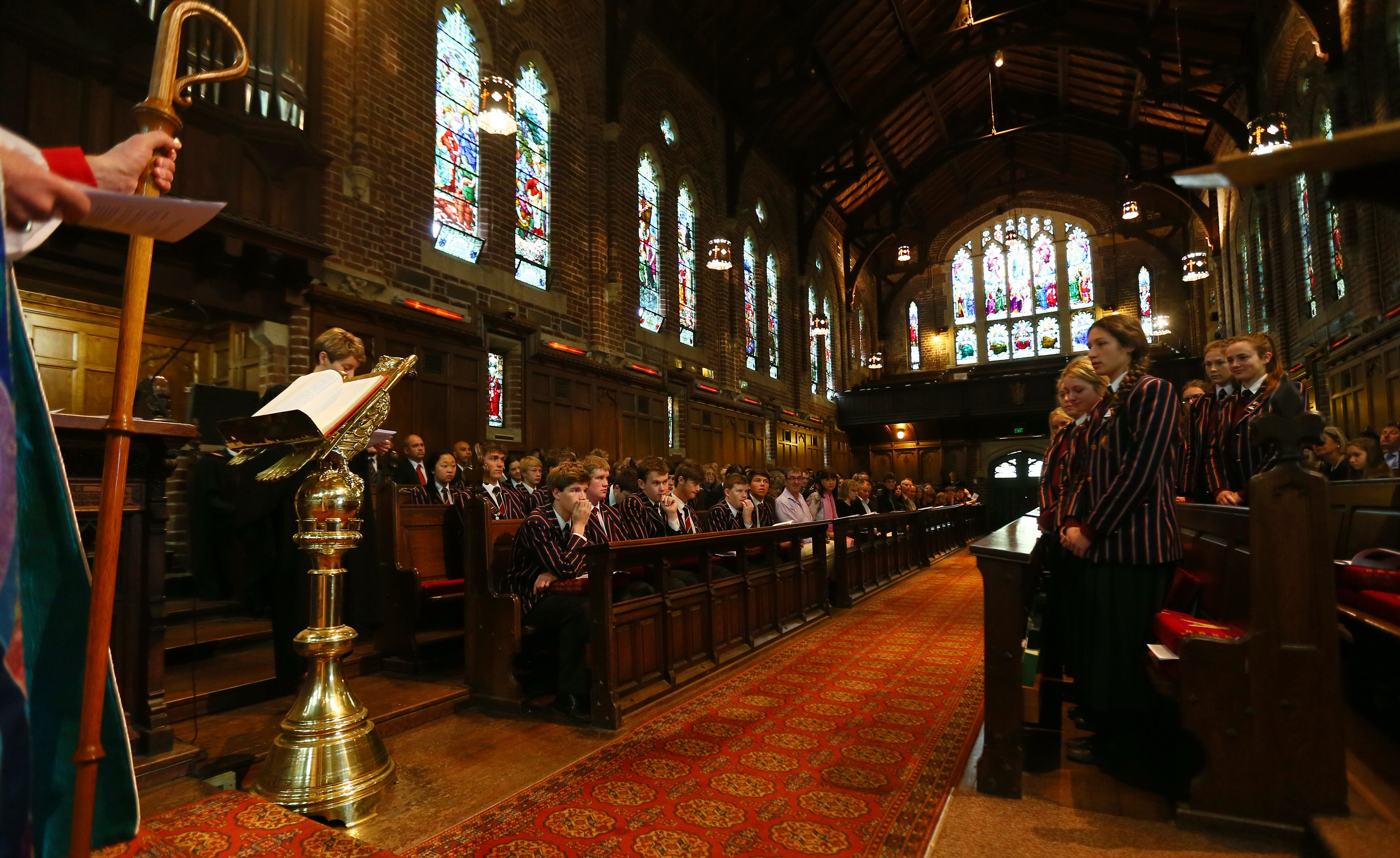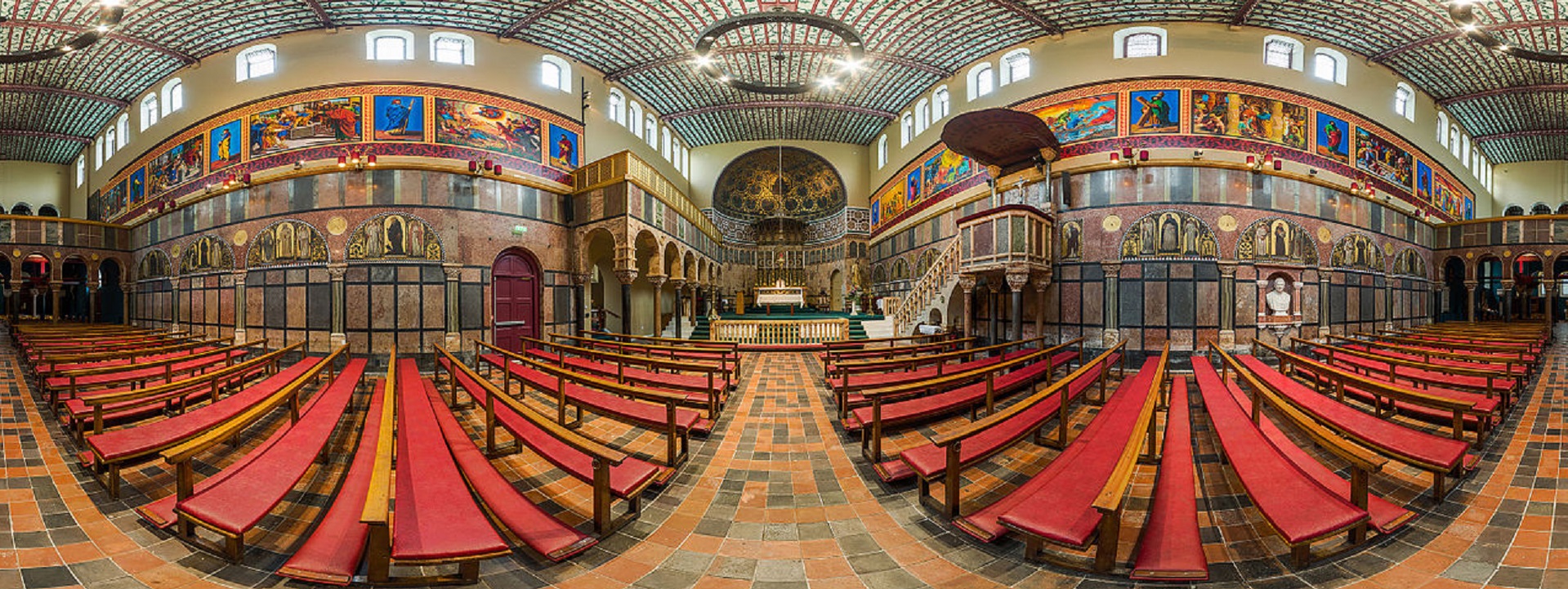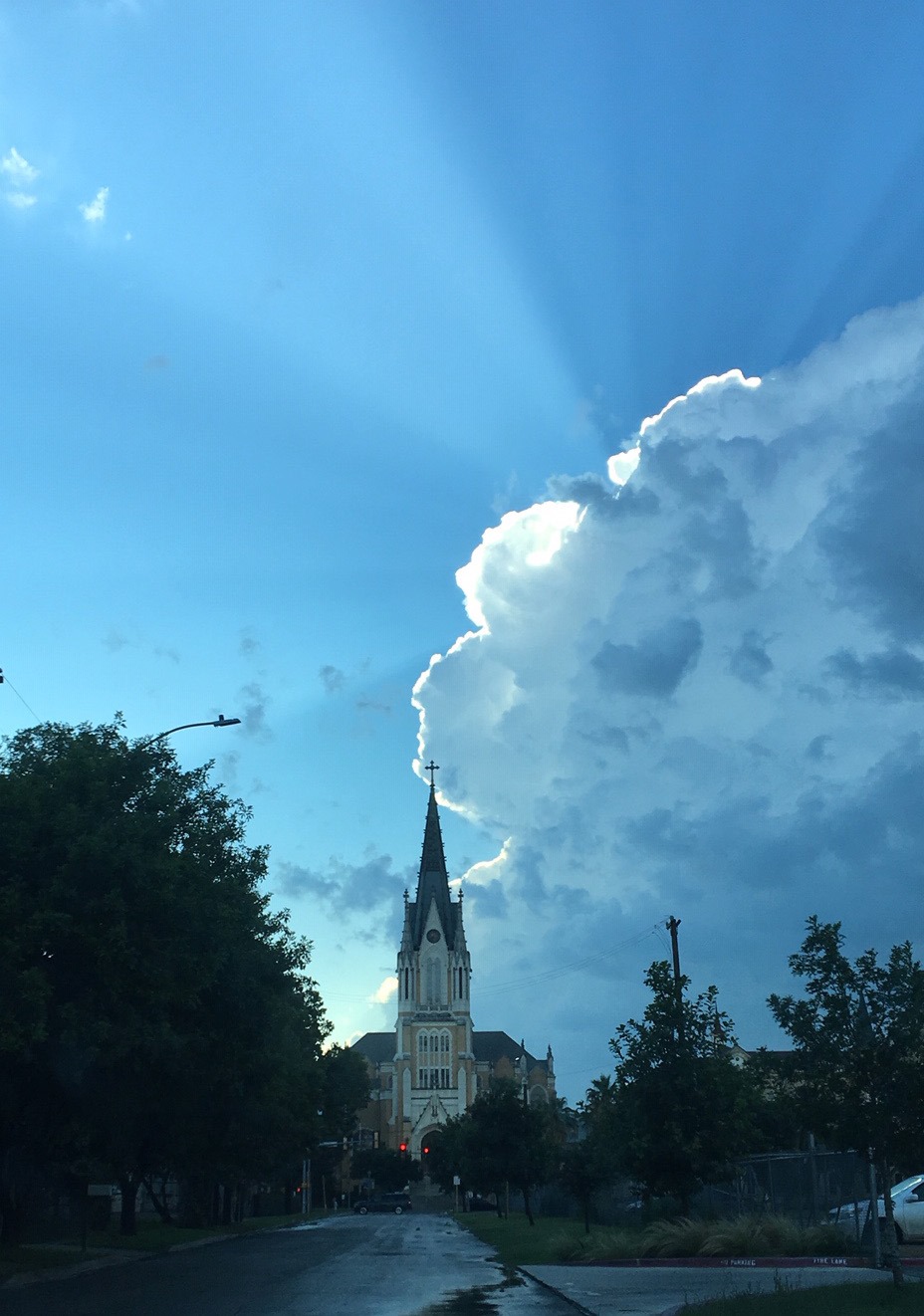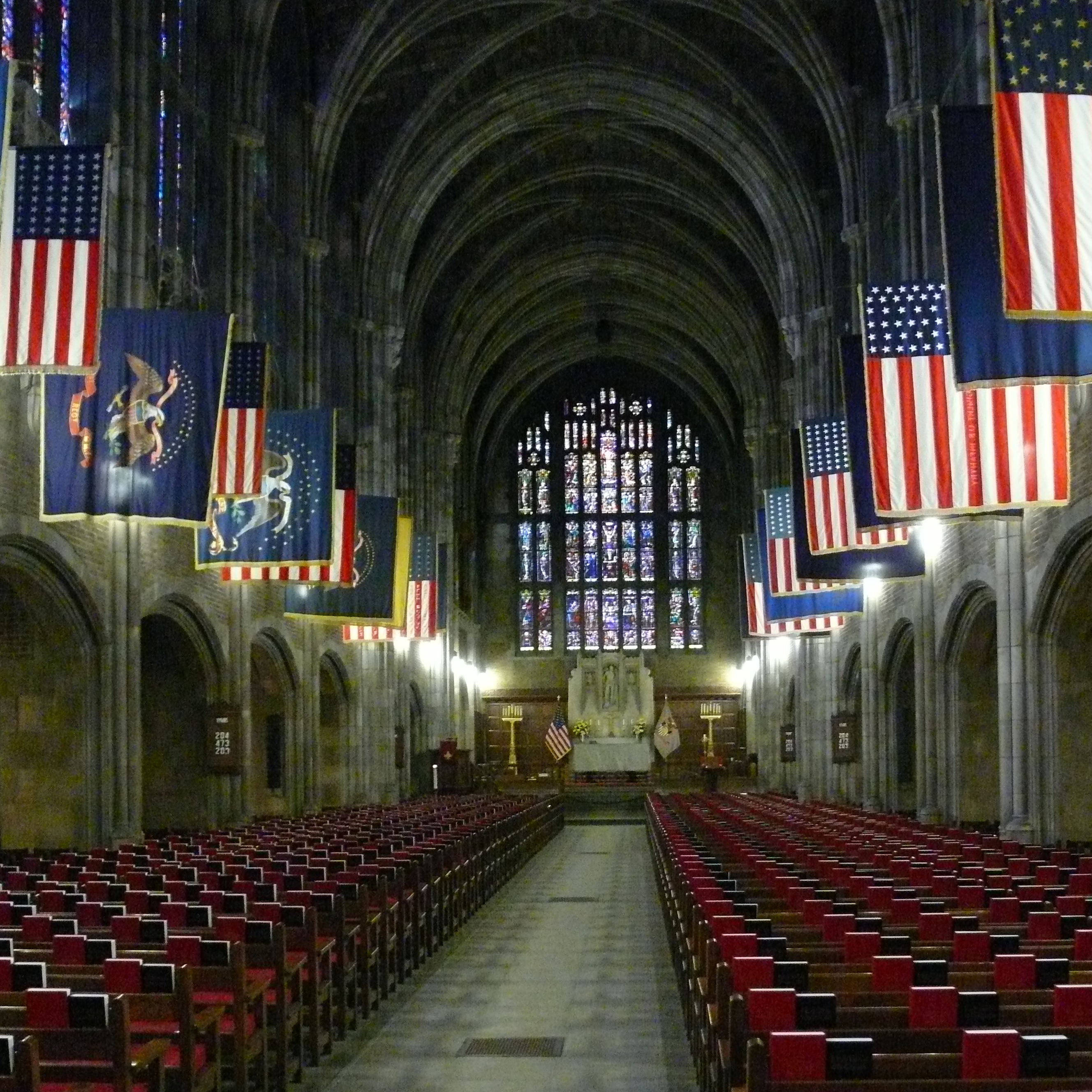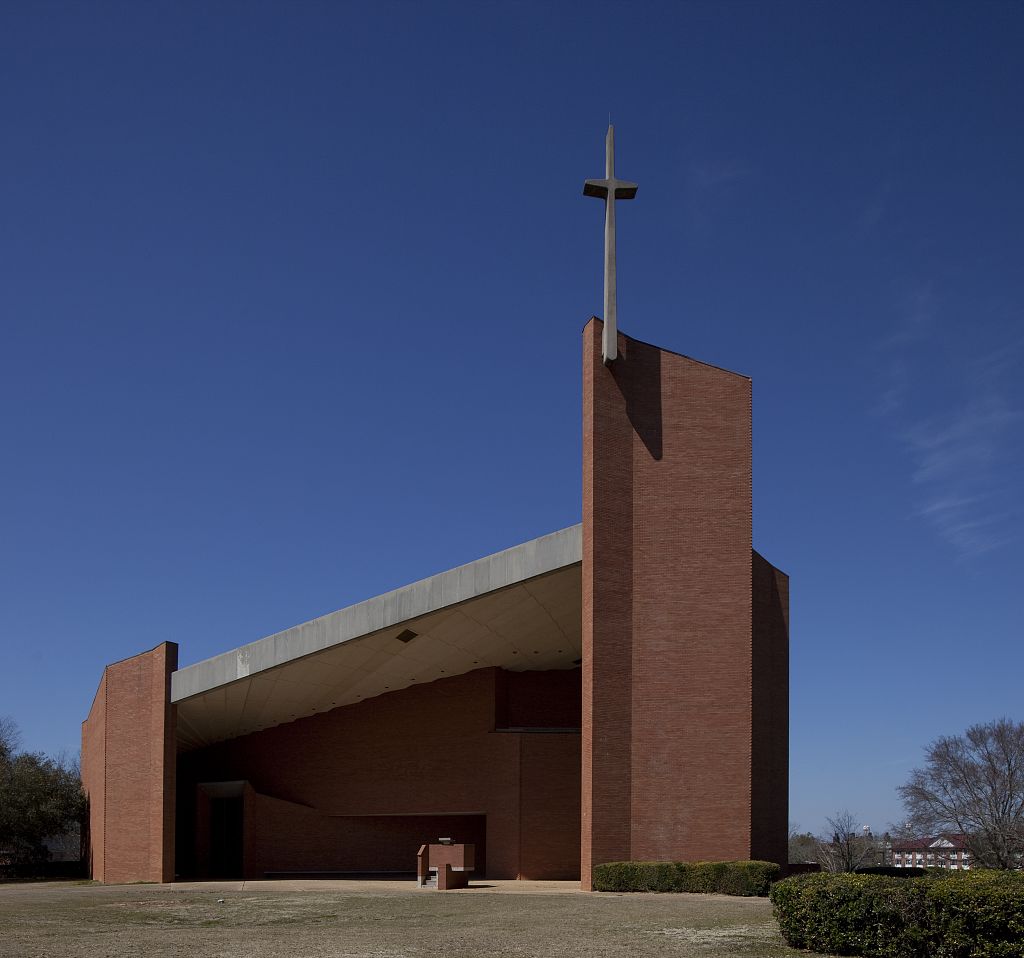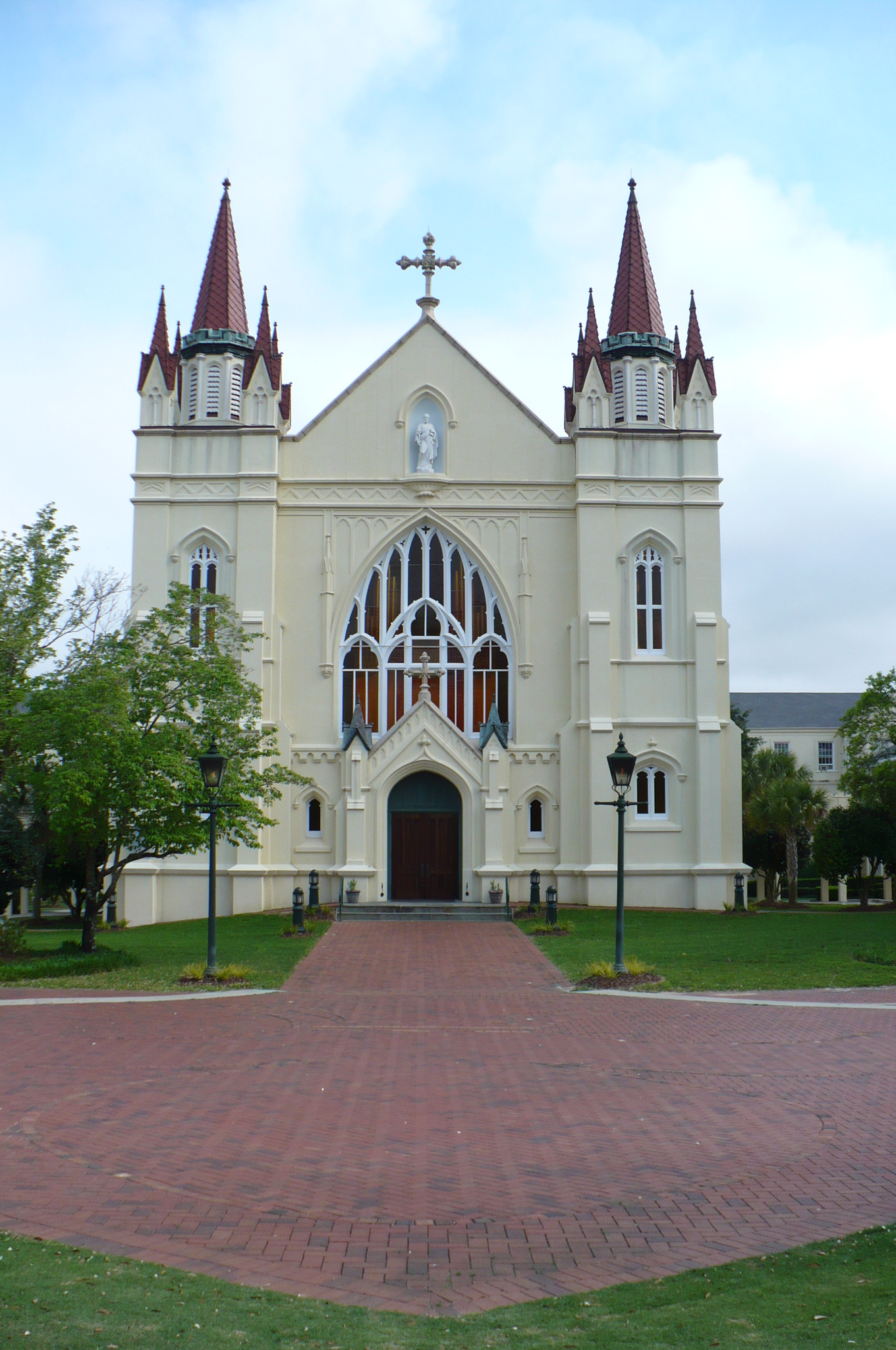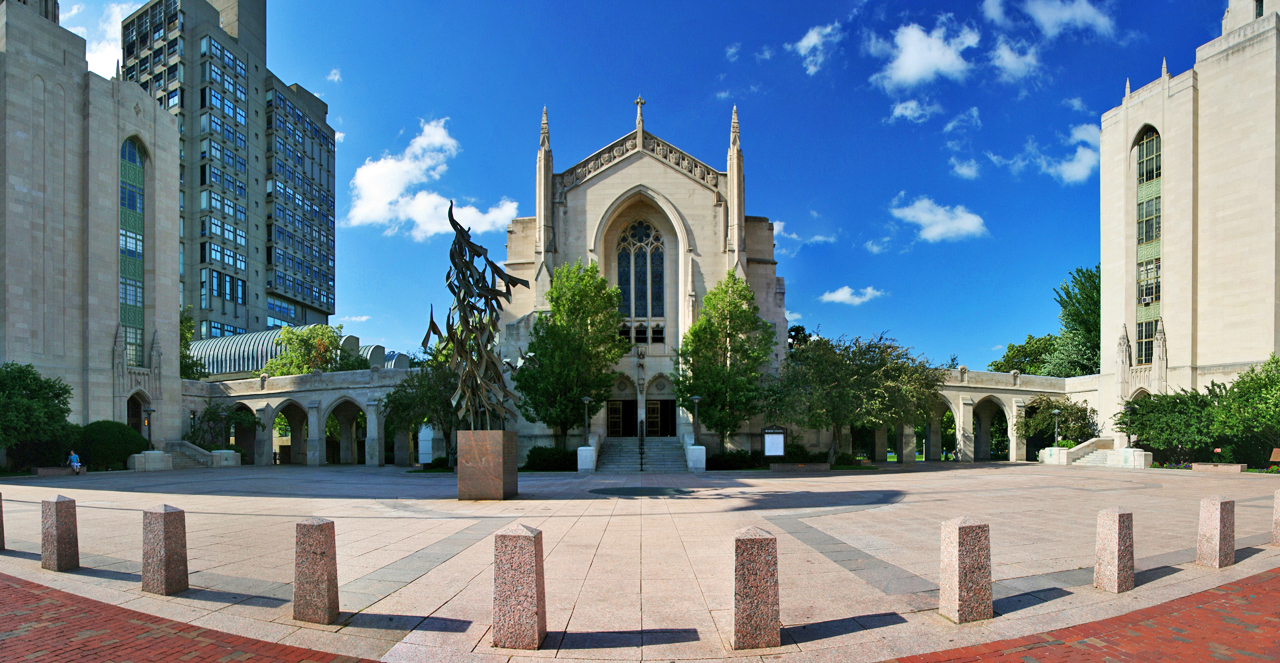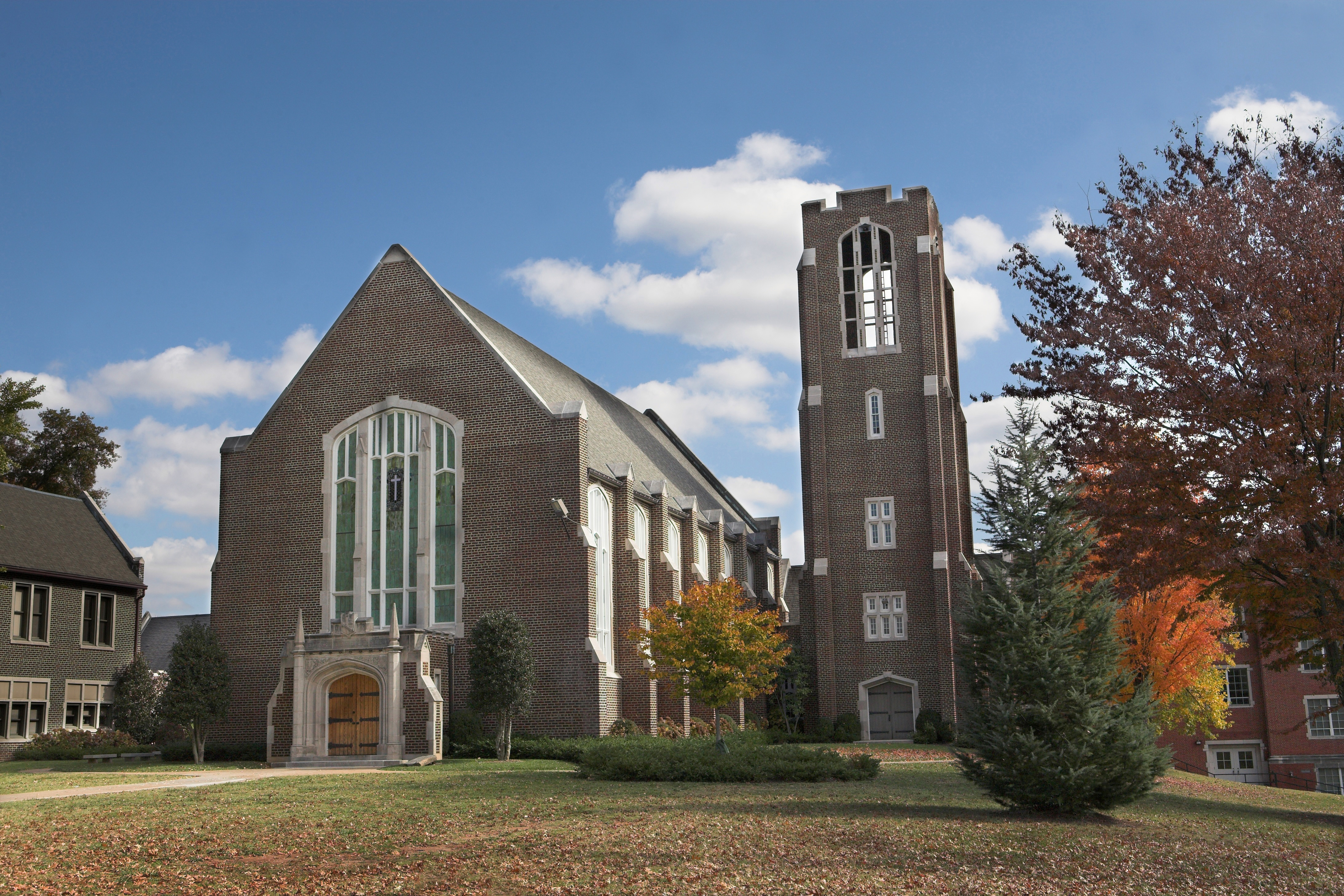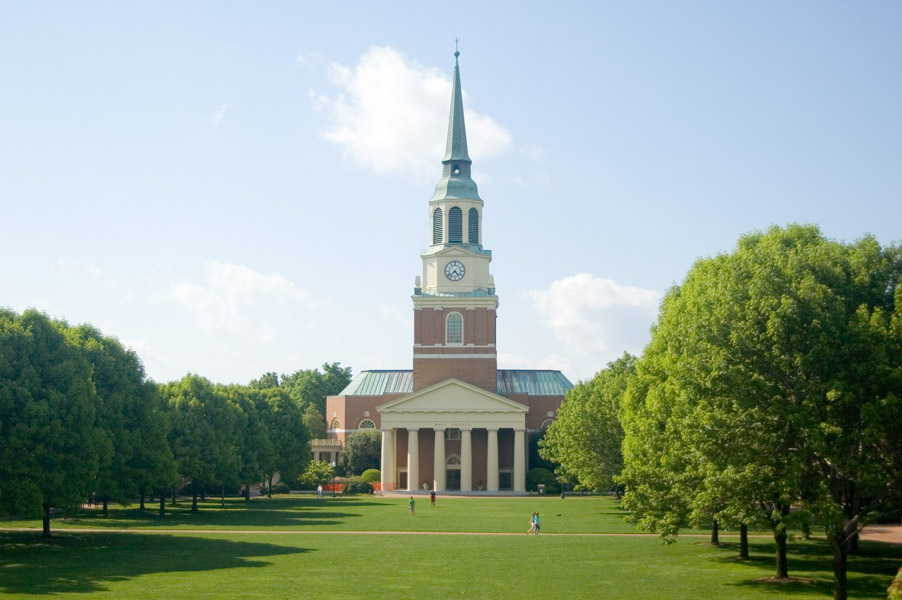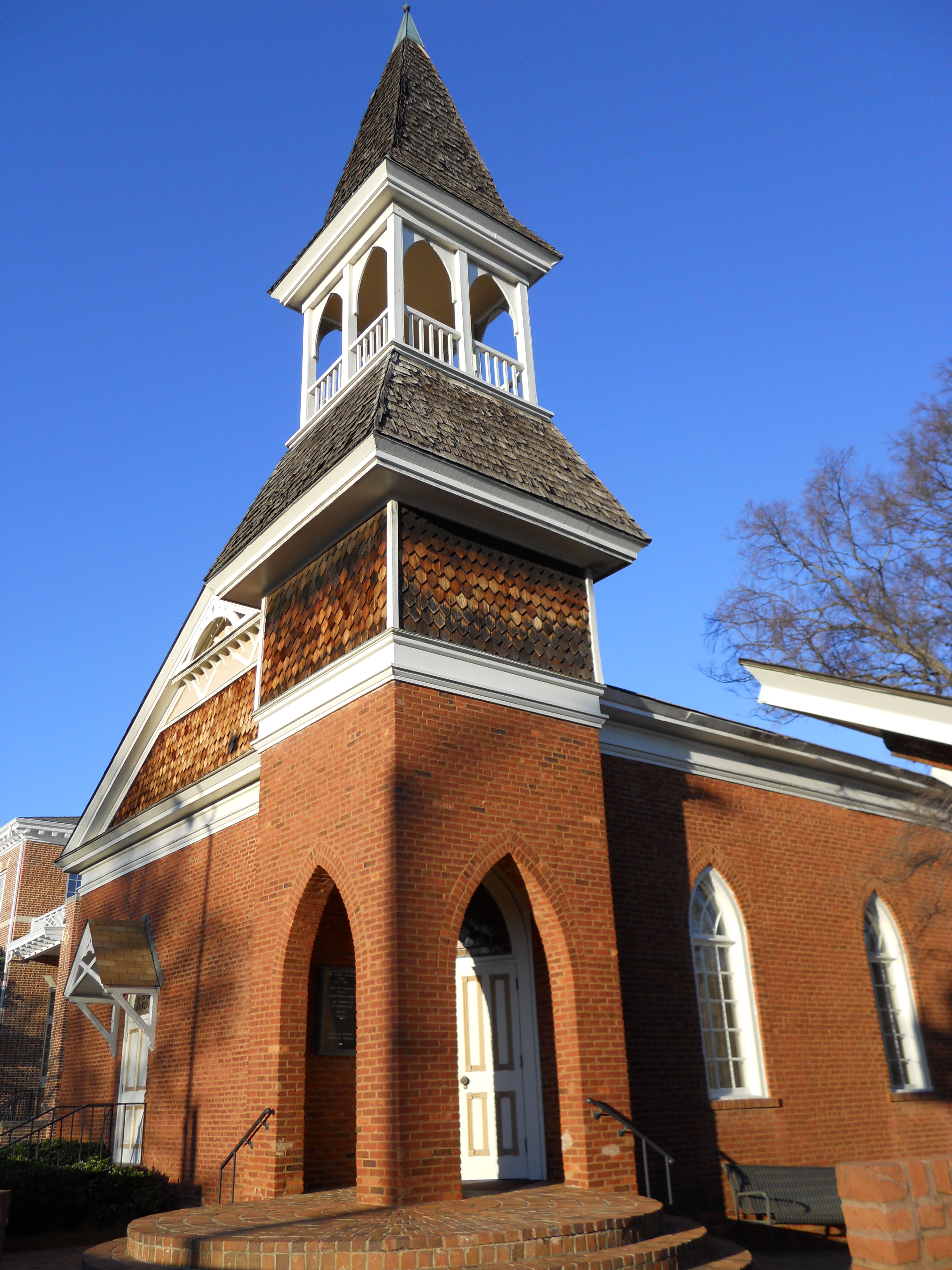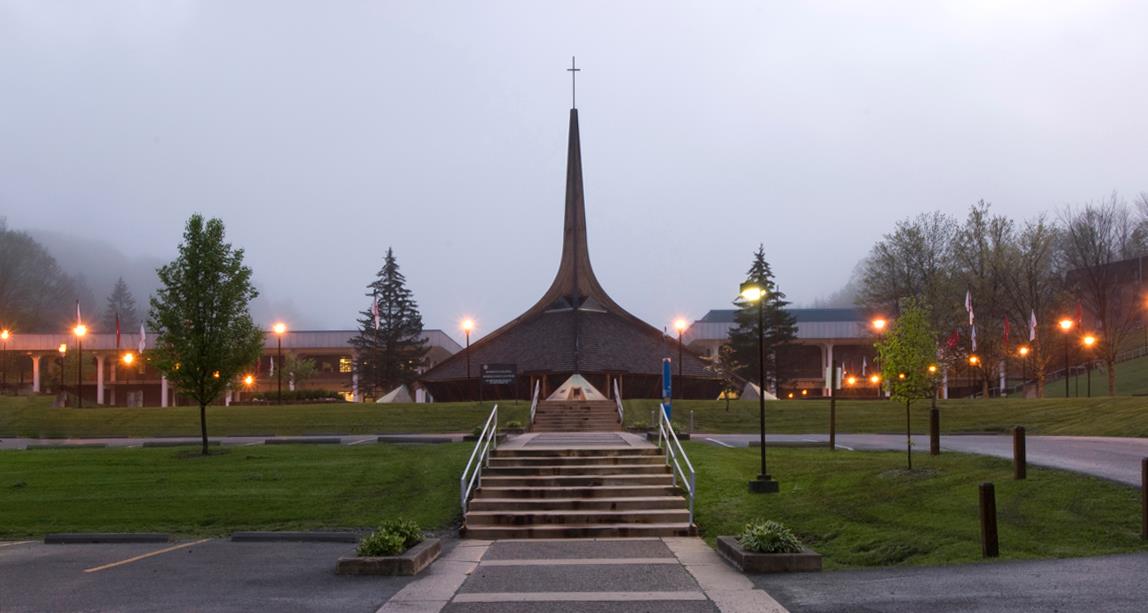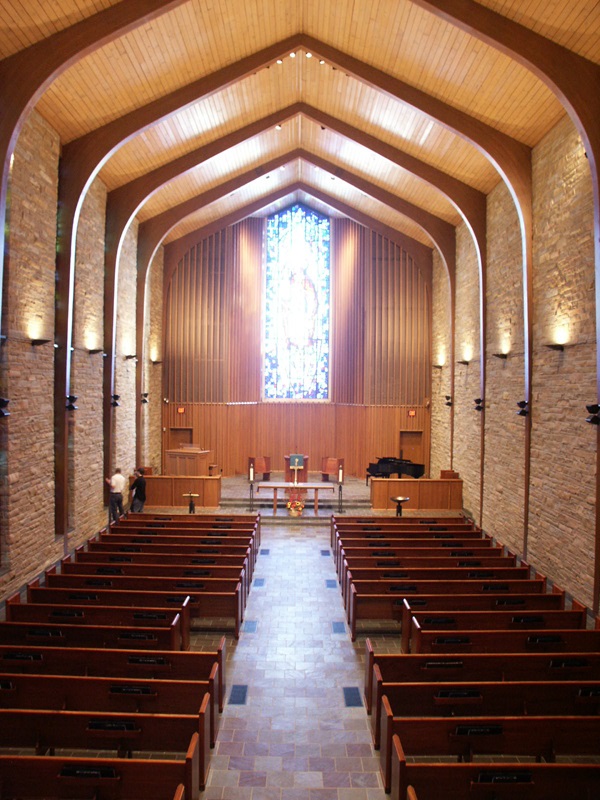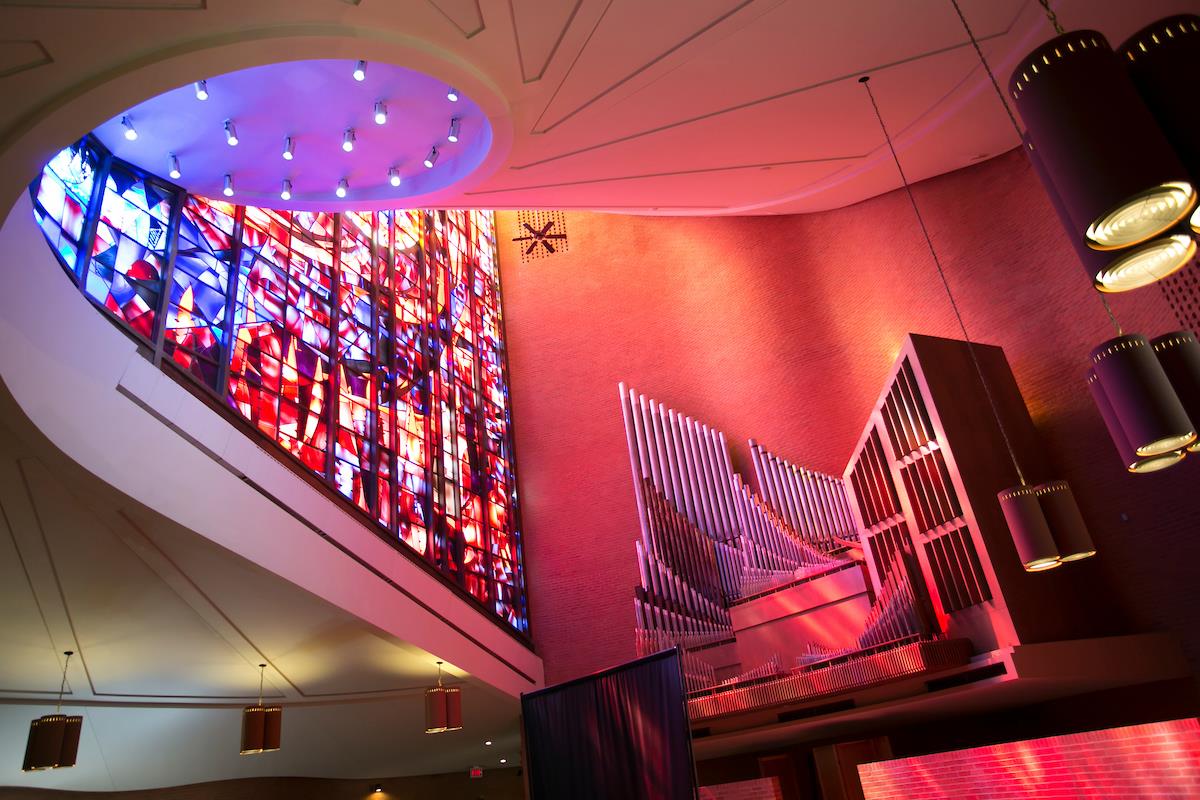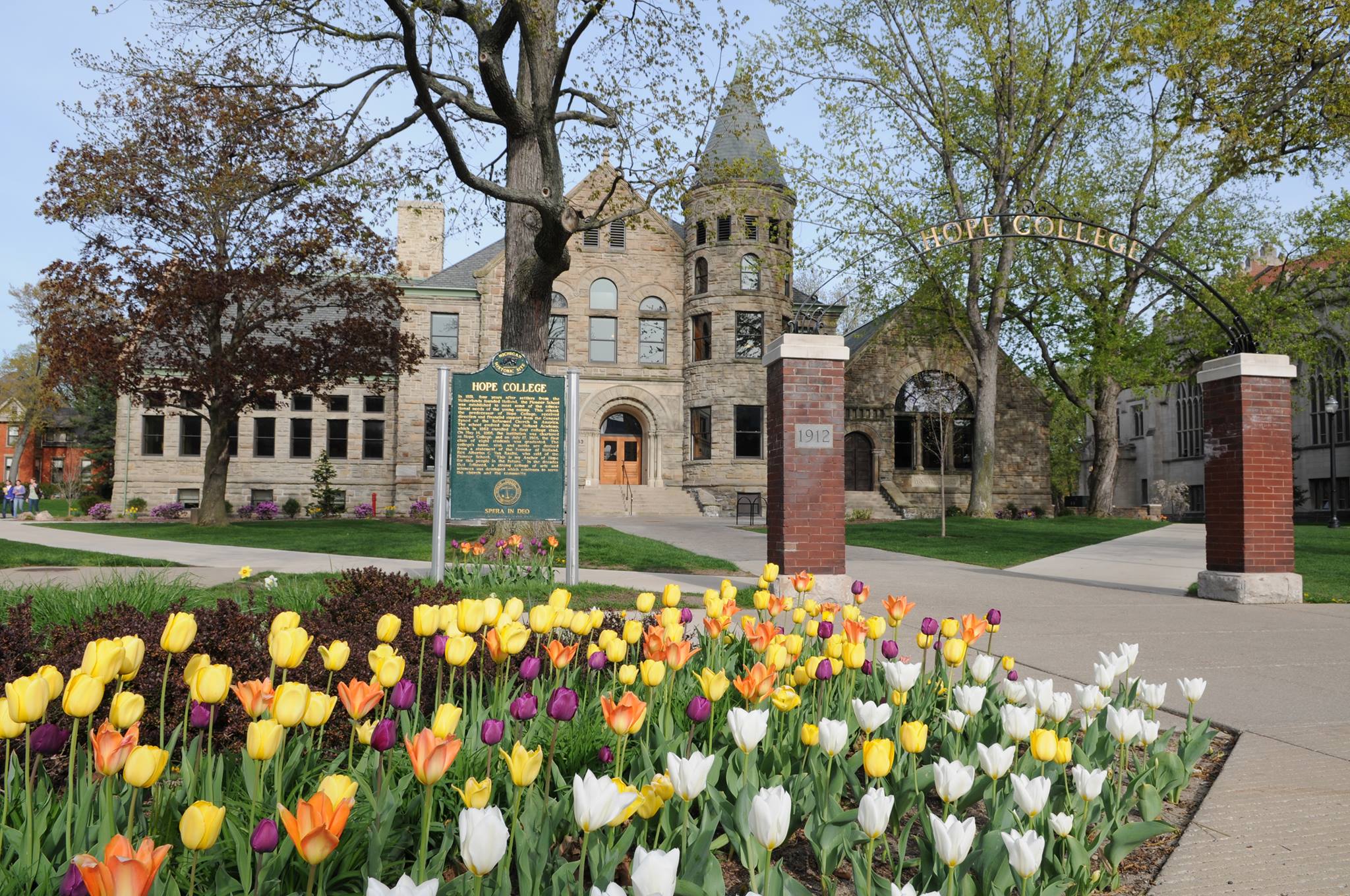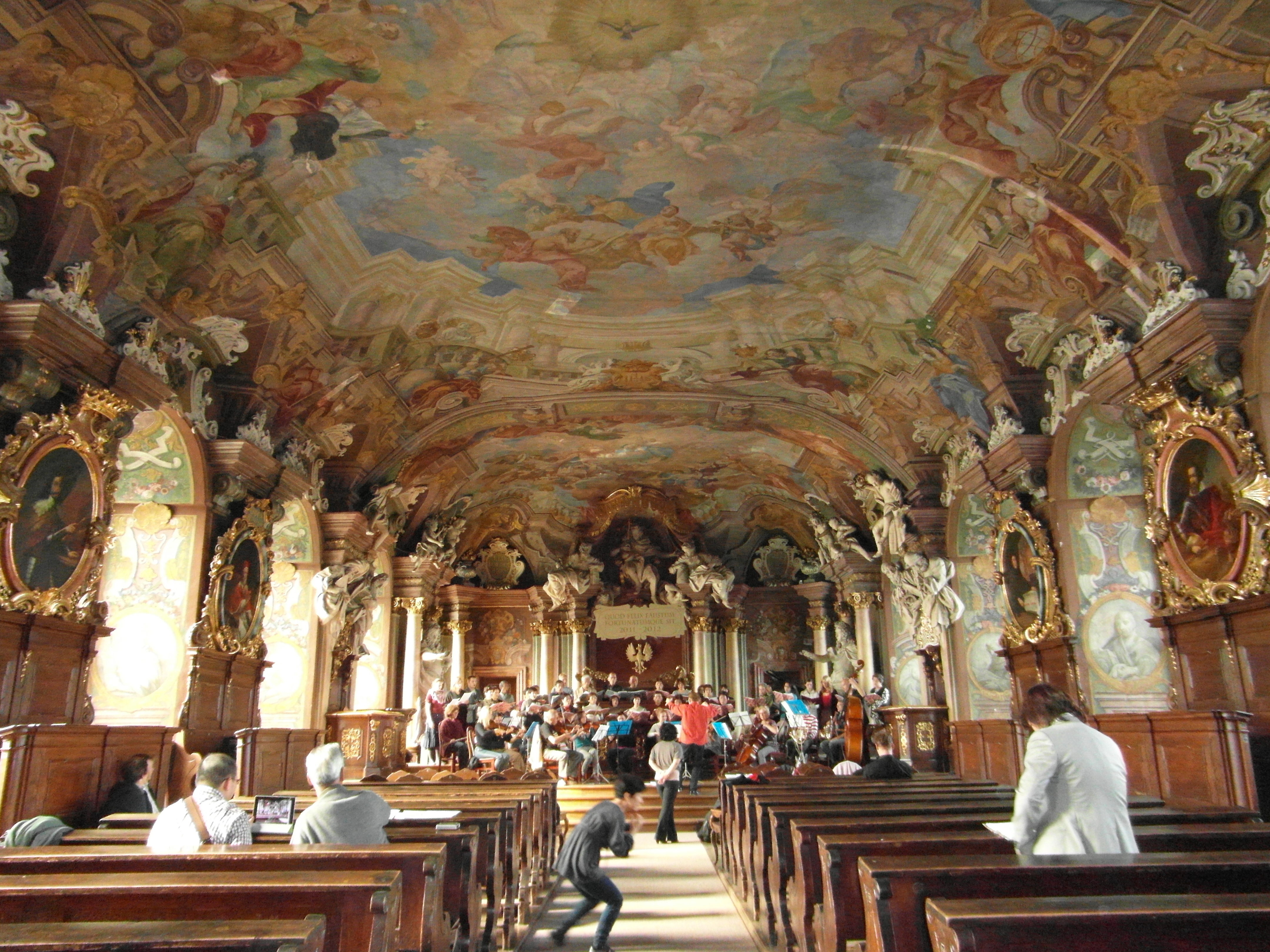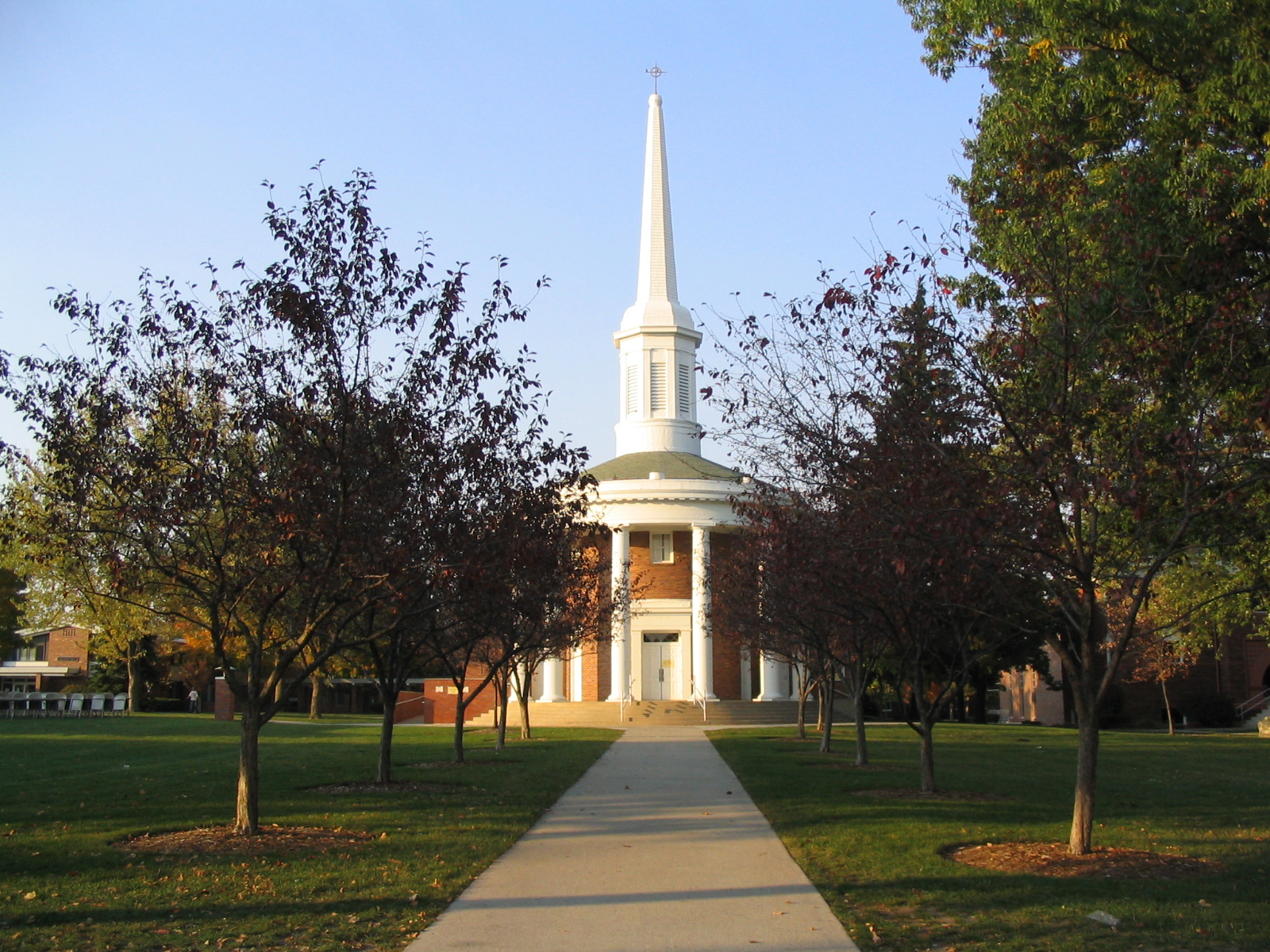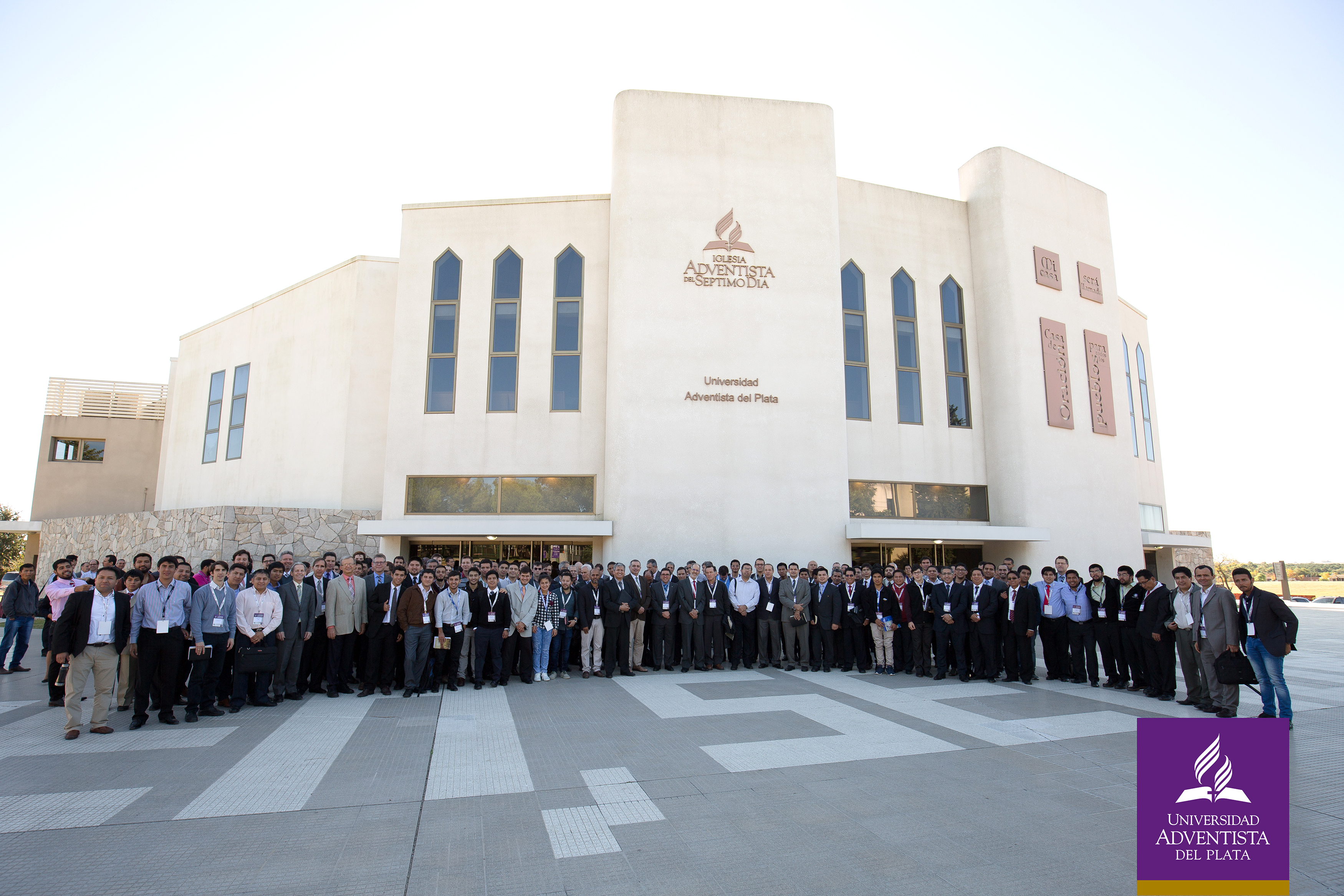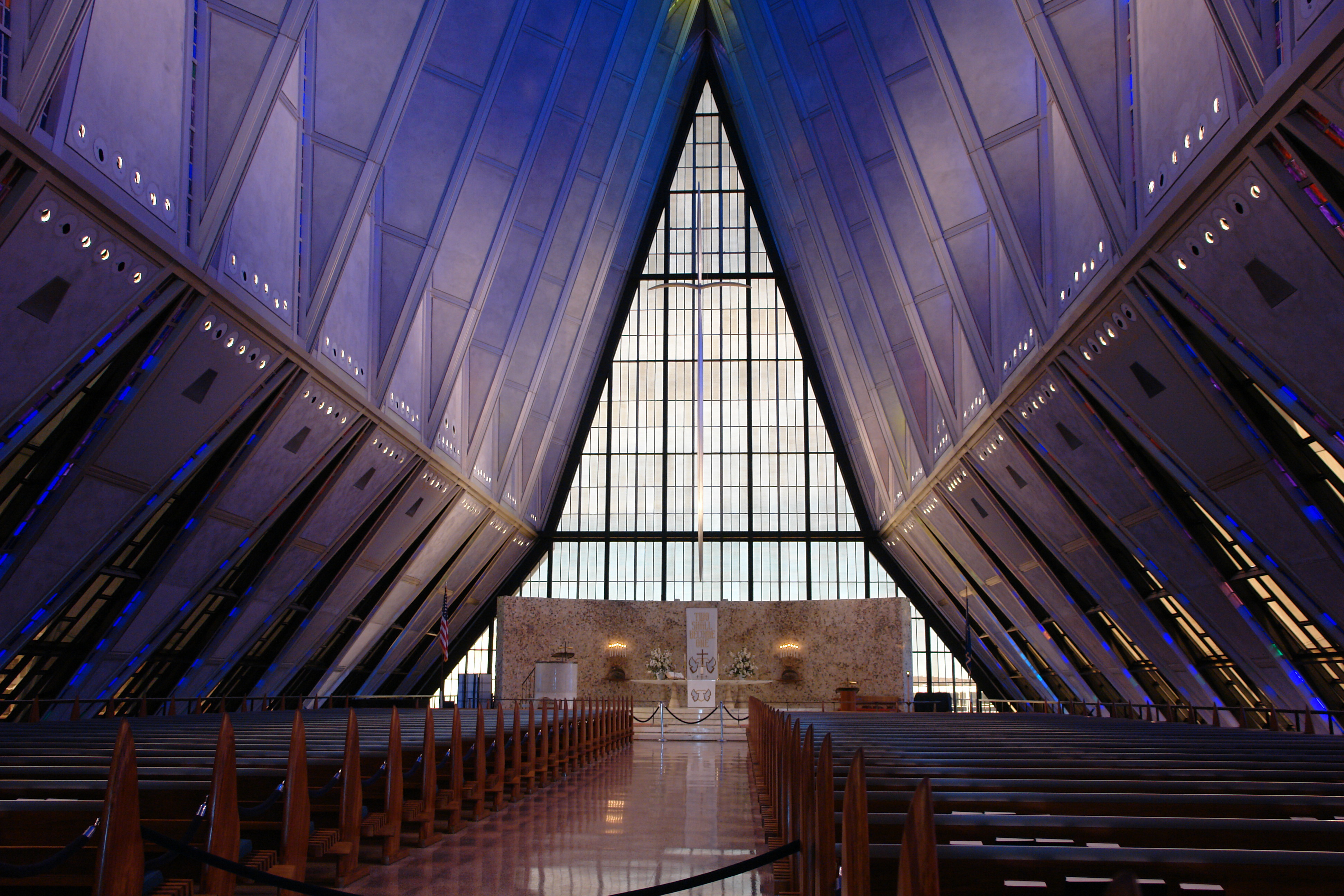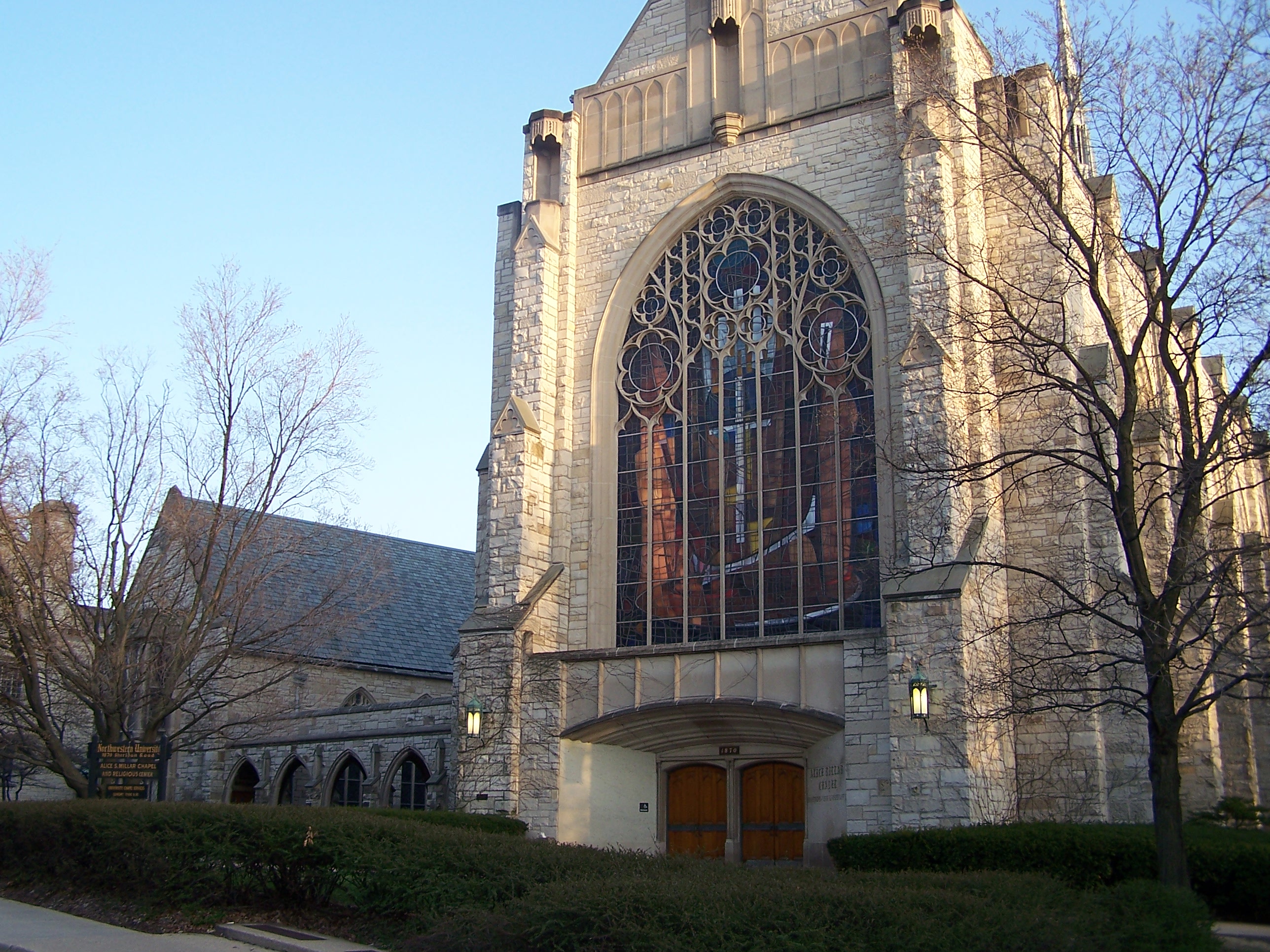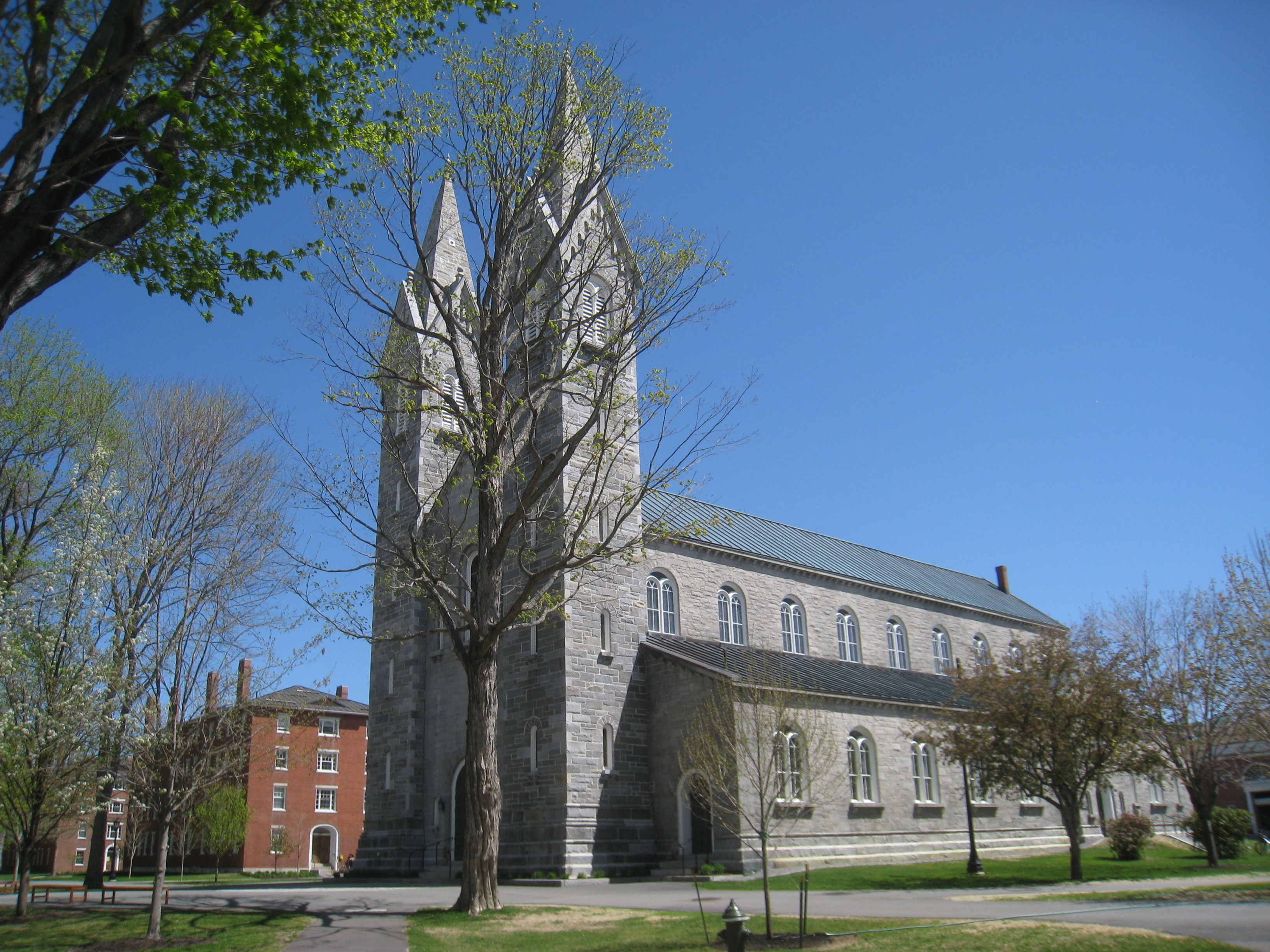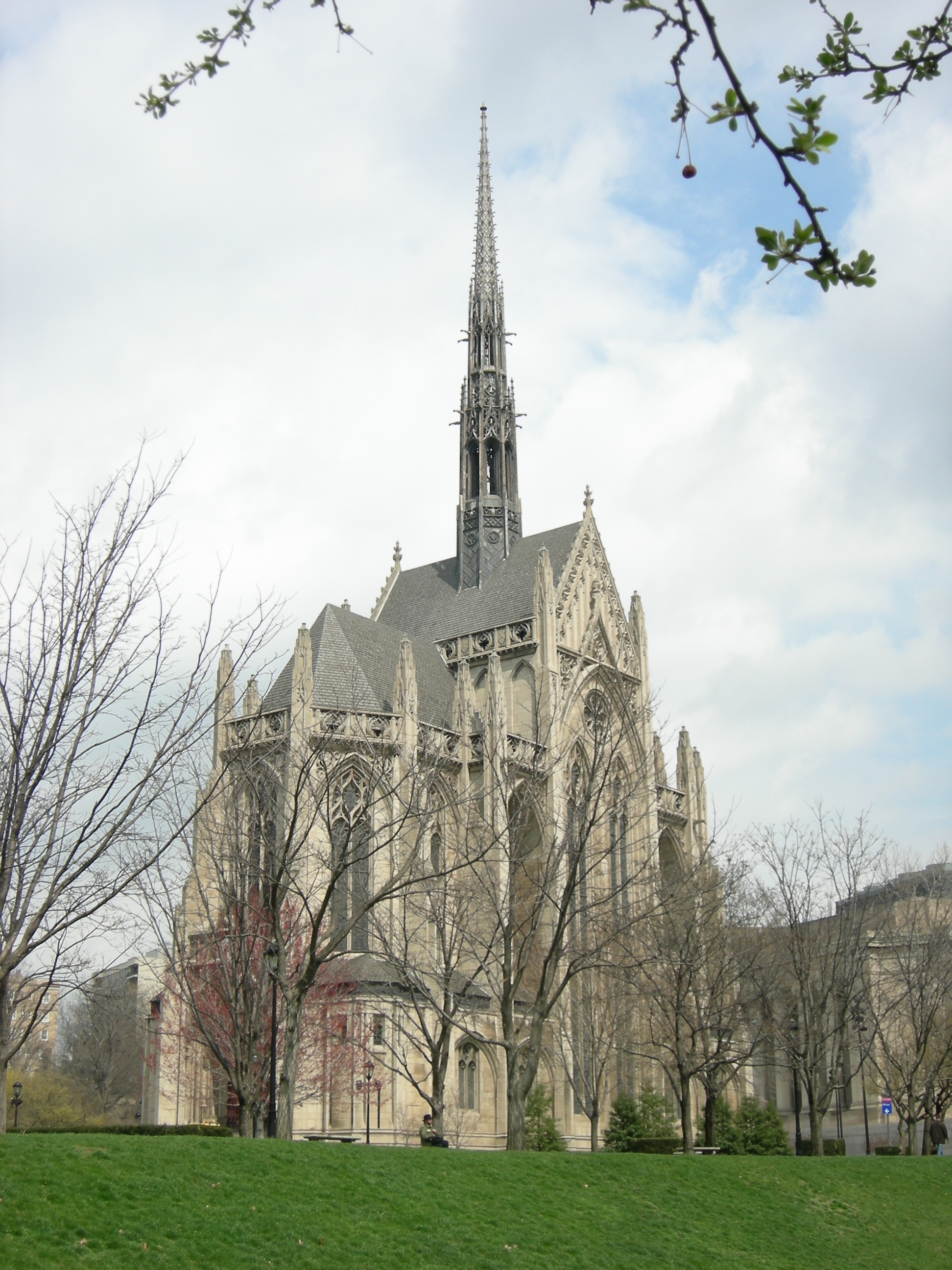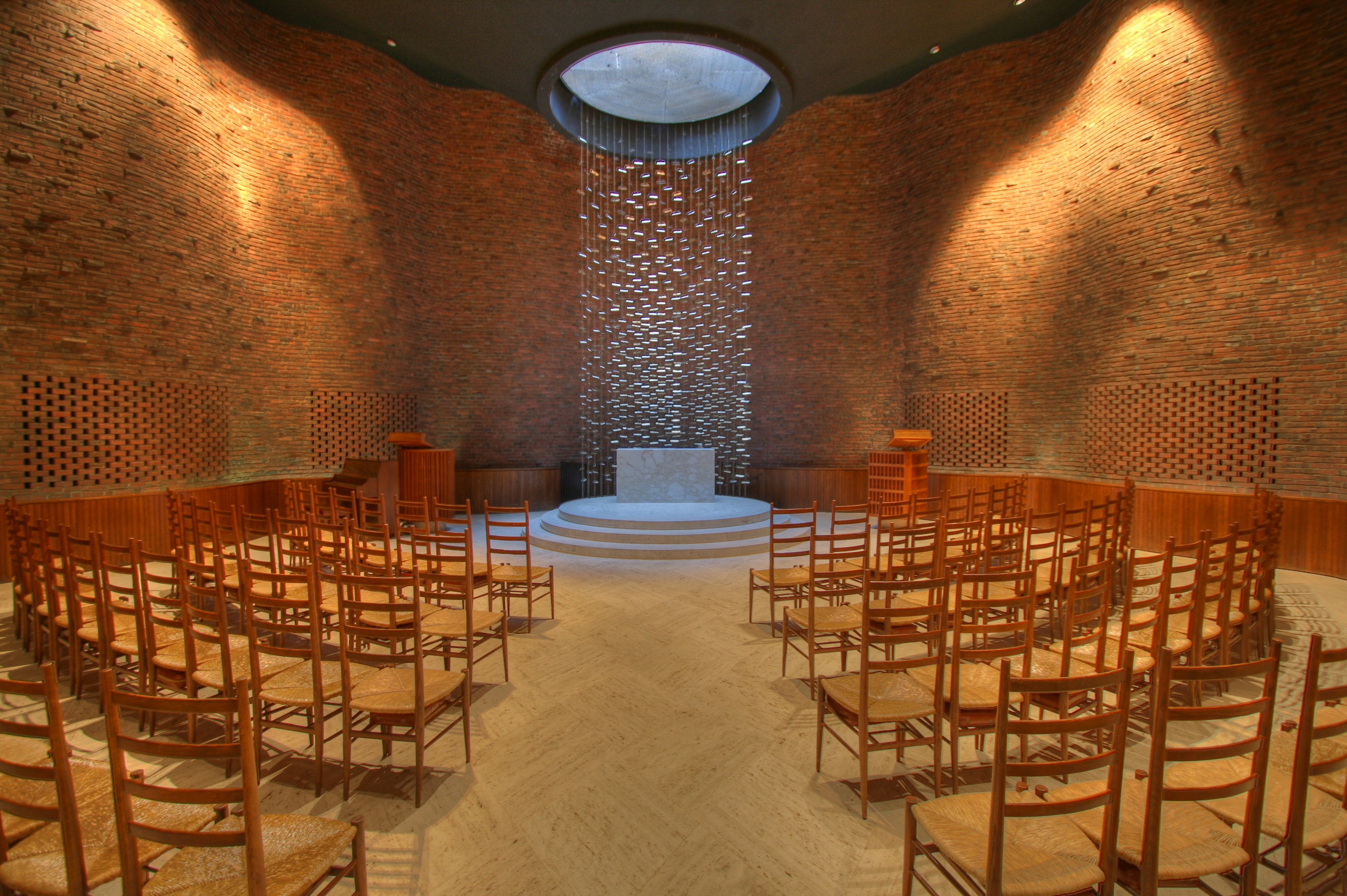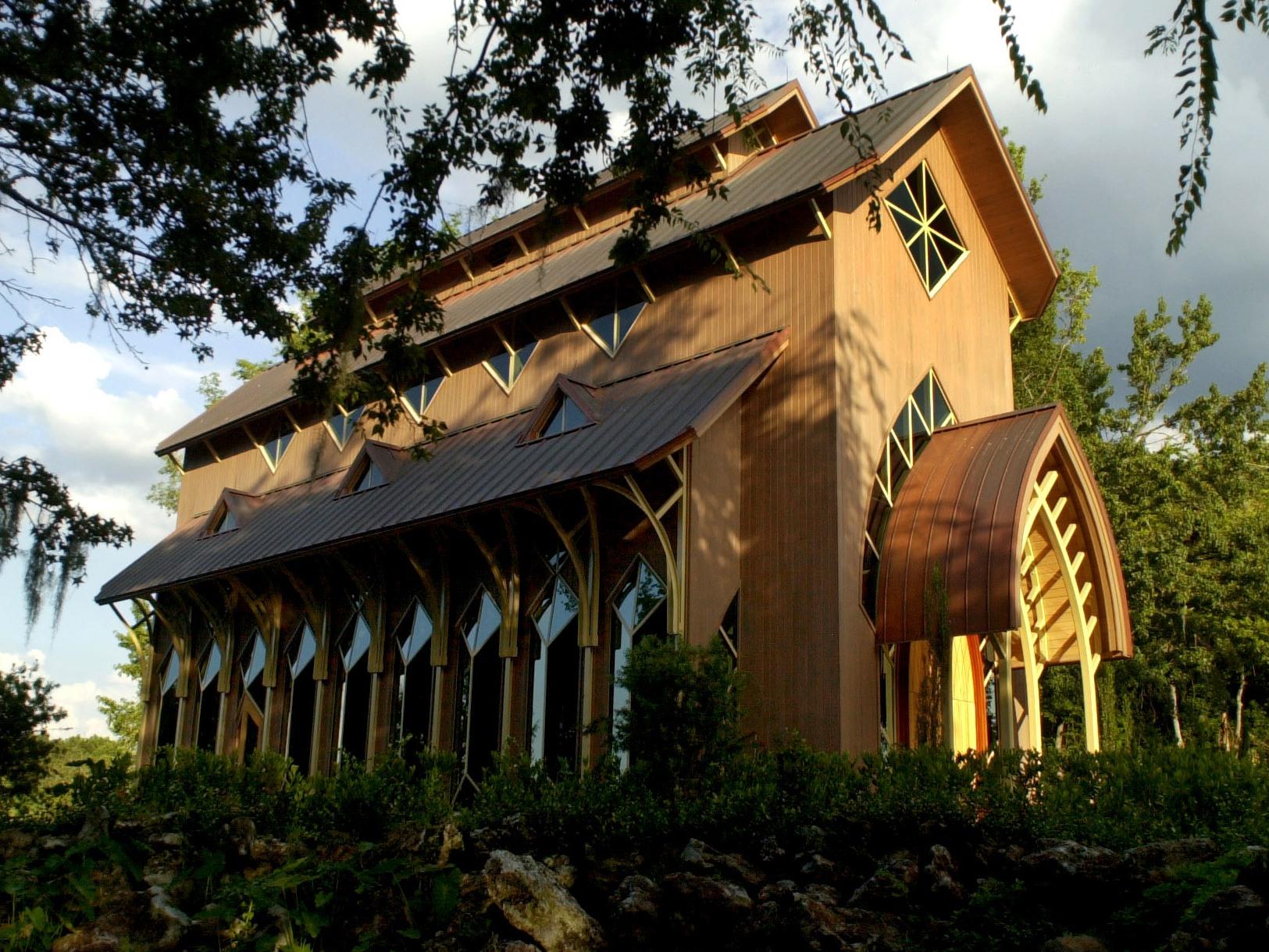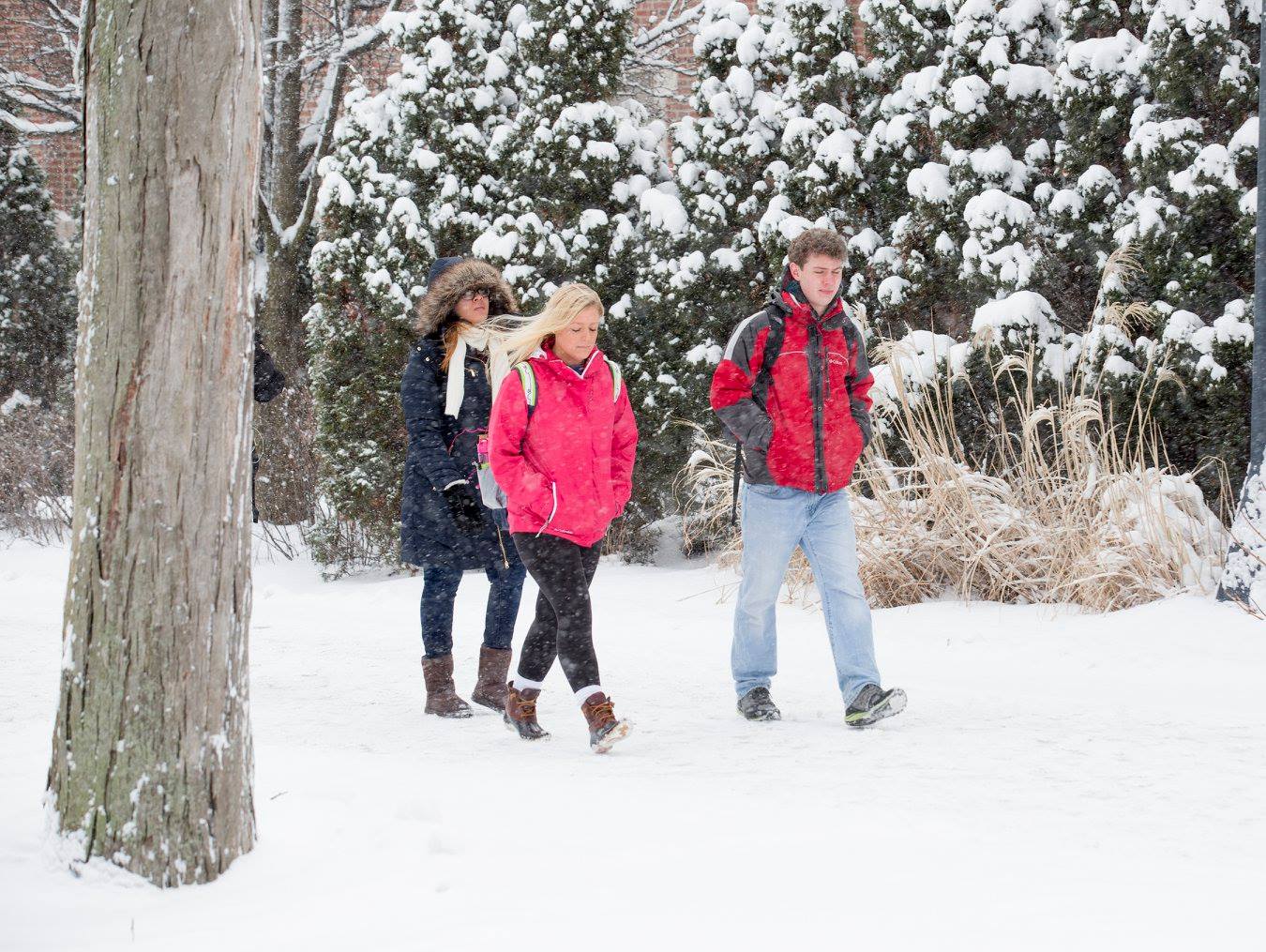2024 Update to ASHRAE Position Statements
List of Titles, Scopes and Purposes of the ASHRAE Catalog
The parent title of this standard is ASHRAE Standard 90.1: Energy Standard for Buildings Except Low-Rise Residential Buildings and is continually under revision; frequently appearing in electrical engineering design guidelines, construction specifications, commissioning and O&M titles in our industry and others.
ASHRAE 90.4 defines an alternate compliance path, specific to data centers, while the compliance requirements for “non-data center” components are contained in ASHRAE 90.1 . The 90.4 structure also streamlines the ongoing maintenance process as well ensures that Standards 90.1 and 90.4 stay in their respective lanes to avoid any overlap and redundancies relating to the technical and administrative boundaries. Updates to ASHRAE 90.1 will still include the alternate compliance path defined in ASHRAE 90.4. Conversely the 2022 Edition of 90.4-2022 refers to ASHRAE 90.1-2022; cross-referencing one another synchronously
Links to noteworthy coverage from expert agencies on the 2022 revisions:
HPC Data Center Cooling Design Considerations
ASHRAE standard 90.4 updates emphasize green energy
ASHRAE updated its standard for data centers
How to Design a Data Center Cooling System for ASHRAE 90.4
Designing a Data Center with Computer Software Modeling
This title resides on the standing agenda of our Infotech 400 colloquium; hosted several times per year and as close coupled with the annual meetings of ASHRAE International as possible. Technical committees generally meet during these meetings make decisions about the ASHRAE catalog. The next all committee conference will be hosted January 20-24, 2024 in Chicago. As always we encourage education industry facility managers, energy conservation workgroups and sustainability professionals to participate directly in the ASHRAE consensus standard development process. It is one of the better facilities out there.
Start at ASHRAE’s public commenting facility:
Online Standards Actions & Public Review Drafts
Update: May 30, 2023
Proposed Addendum g makes changes to definitions were modified in section 3 and mandatory language in Section 6 to support the regulation of process heat and process ventilation was moved in the section for clarity. Other changes are added based on comments from the first public review including changes to informative notes.
Consultation closes June 4th
Update: February 10, 2023
The most actively managed consensus standard for data center energy supply operating in education communities (and most others) is not published by the IEEE but rather by ASHRAE International — ASHRAE 90.4 Energy Standard for Data Centers (2019). It is not required to be a free access title although anyone may participate in its development. It is copyrighted and ready for purchase but, for our purpose here, we need only examine its scope and purpose. A superceded version of 90.4 is available in the link below:
Third ISC Public Review Draft (January 2016)
Noteworthy: The heavy dependence on IEEE power chain standards as seen in the Appendix and Chapter 8. Recent errata are linked below:
We provide the foregoing links for a deeper dive “into the weeds”. Another addendum has been released for consultation; largely administrative:
ASHRAE 90.4 | Pages 60-61 | Consultation closes January 15, 2023.
It is likely that the technical committee charged with updating this standard are already at work preparing an updated version that will supercede the 2019 Edition. CLICK HERE for a listing of Project Committee Interim Meetings.
We maintain many titles from the ASHRAE catalog on the standing agenda of our Mechanical, Energy 200/400, Data and Cloud teleconferences. See our CALENDAR for the next online meeting; open to everyone.
Originally posted Summer 2020.
ASHRAE International has released four new addenda to its energy conservation consensus document ASHRAE 90.4-2016 Energy Standard for Data Centers. This document establishes the minimum energy efficiency requirements of data centers for design and construction, for the creation of a plan for operation and maintenance and for utilization of on-site or off-site renewable energy resources.
It is a relatively new document more fully explained in an article published by ASHRAE in 2016 (Click here). The addenda described briefly:
Addendum a – clarifies existing requirements in Section 6.5 as well as introduce new provisions to encourage heat recovery within data centers.
Addendum b – clarifies existing requirements in Sections 6 and 11 and to provide guidance for taking credit for renewable energy systems.
Addendum d – a response to a Request for Interpretation on the 90.4 consideration of DieselRotary UPS Systems (DRUPS) and the corresponding accounting of these systems in the Electrical Loss Component (ELC). In crafting the IC, the committee also identified several marginal changes to 90.4 definitions and passages in Section 8 that would add further clarity to the issue. This addendum contains the proposed changes for that aim as well as other minor changes to correct spelling or text errors, incorporate the latest ELC values into Section 11, and to refresh information in the Normative Reference.
Addendum e adds language to Section 11 intended to clarify how compliance with Standard 90.4 can be achieved through the use of shared systems.
Comments are due September 6th. Until this deadline you may review the changes and comment upon them by by CLICKING HERE
Education facility managers, energy conservation workgroups and sustainability professionals are encouraged to participate directly in the ASHRAE standard development process. Start at ASHRAE’s public commenting facility:
Online Standards Actions & Public Review Drafts
The ASHRAE catalog is a priority title in our practice. This title appears on the standing agenda of our Infotech sessions. See our CALENDAR for the next online meeting; open to everyone.
Issue: [12-54]
Category: Telecommunications, Infotech, Energy
Colleagues: Mike Anthony, Robert G. Arno, Neal Dowling, Jim Harvey, Mike Hiler, Robert Schuerger, Larry Spielvogel



